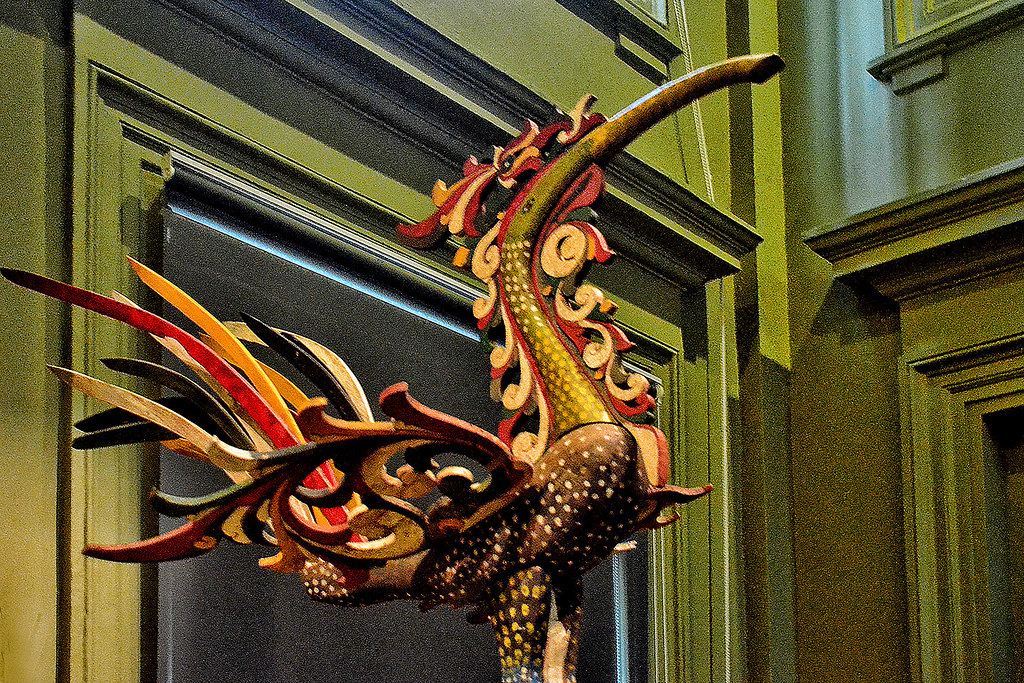Art Forms and Practices in the Philippines
5.0(1)
5.0(1)
Card Sorting
1/82
Earn XP
Description and Tags
Study Analytics
Name | Mastery | Learn | Test | Matching | Spaced |
|---|
No study sessions yet.
83 Terms
1
New cards
Bahay na Bato
A house that is based on the bahay kubo architecture but made with more stable and durable materials with influences from Spanish and Chinese architecture
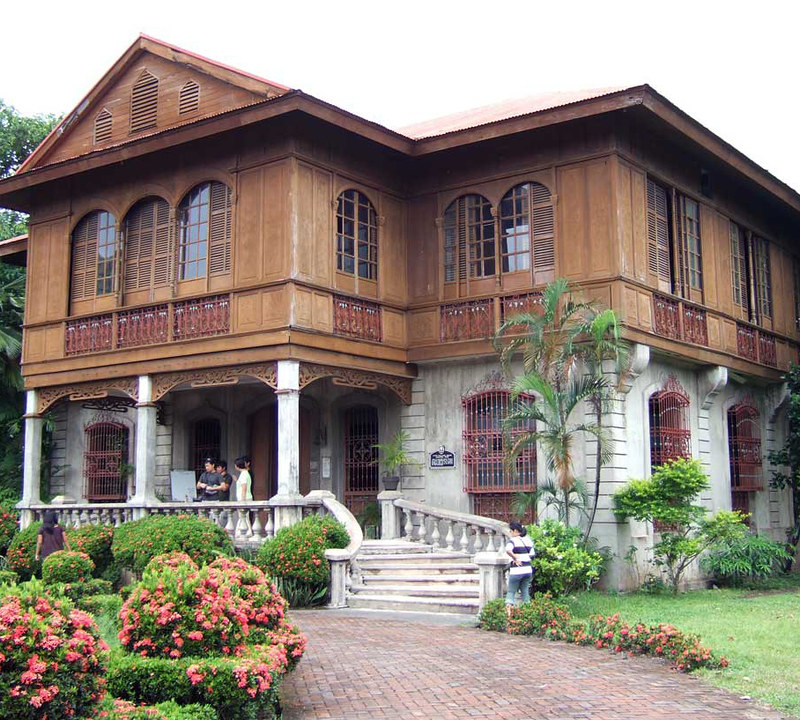
2
New cards
Bahay Kubo
The epitome of Filipino vernacular architecture, a house usually erected with stilts and made of plant materials, such as bamboo and dried coconut leaves for roofs
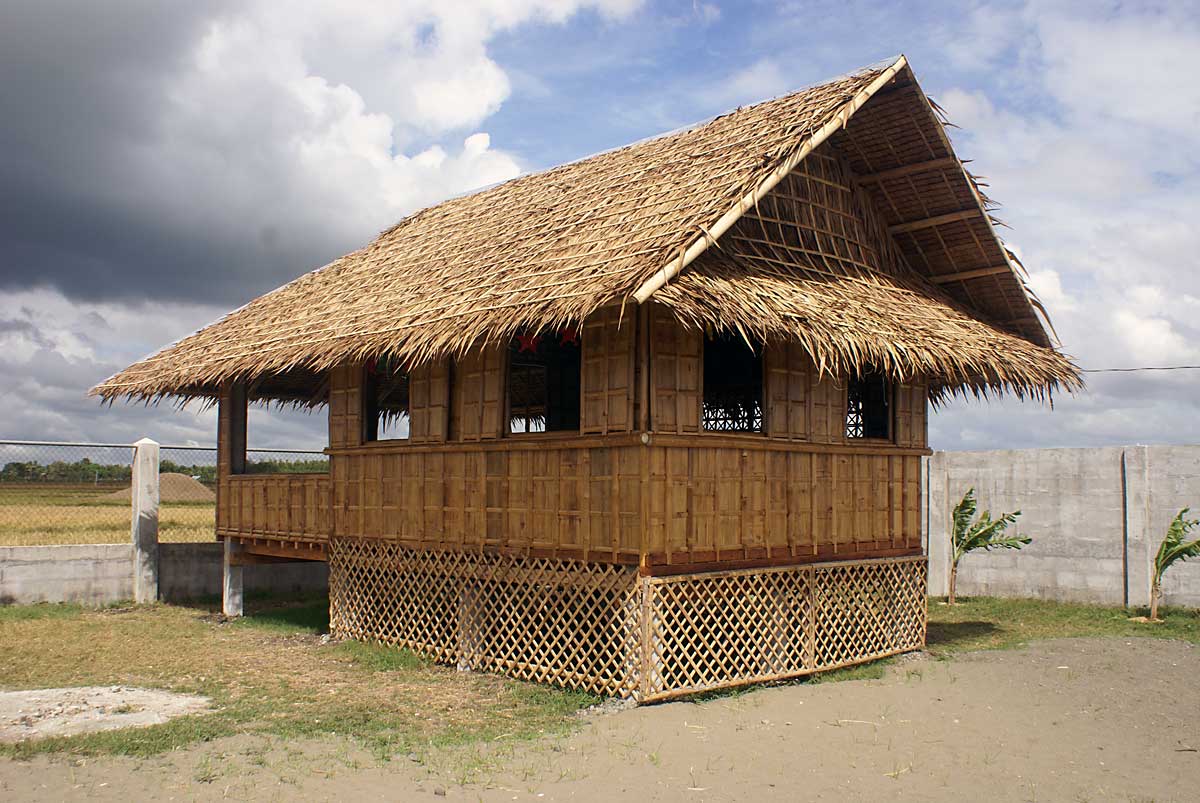
3
New cards
Bangka
A collective term for the diverse maritime crafts across the country used for transport, fishing, and trading
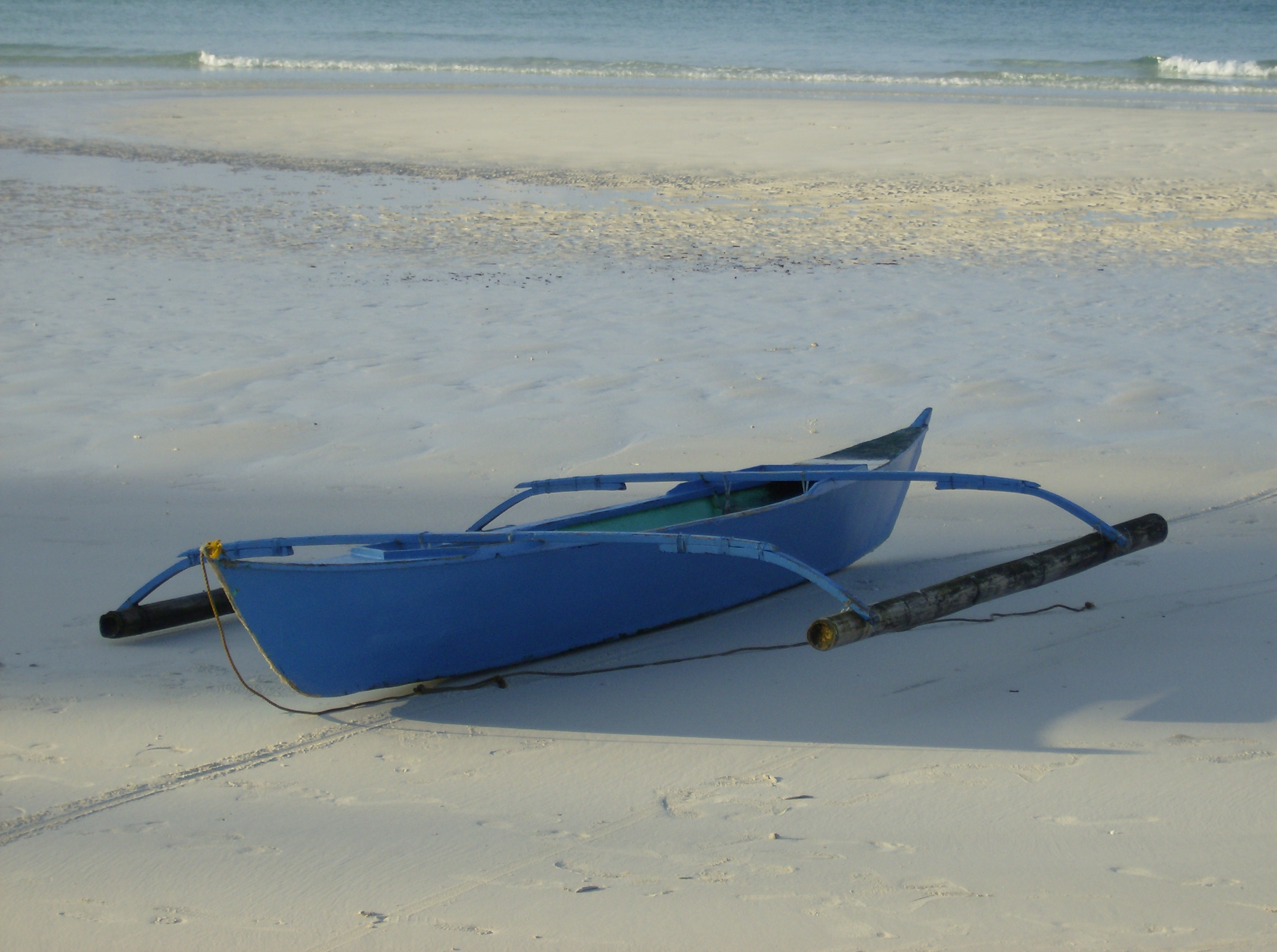
4
New cards
Harana
A traditional act of courtship in the form of a serenade
5
New cards
Kundiman
A love song written in Tagalog used in courtship
6
New cards
Neovernacular Architecture
* Vernacular or traditional architecture combined with modern architecture
* Coconut Palace, San Miguel Corporations Headquarters, Cultural Center of the Philippines
* Coconut Palace, San Miguel Corporations Headquarters, Cultural Center of the Philippines

7
New cards
Original Pilipino Music (OPM)
Songs composed by Filipino artists in different genres and styles
8
New cards
Pasyon
A retelling of the Passion of Jesus Christ through readings, chants, performances, and narratives
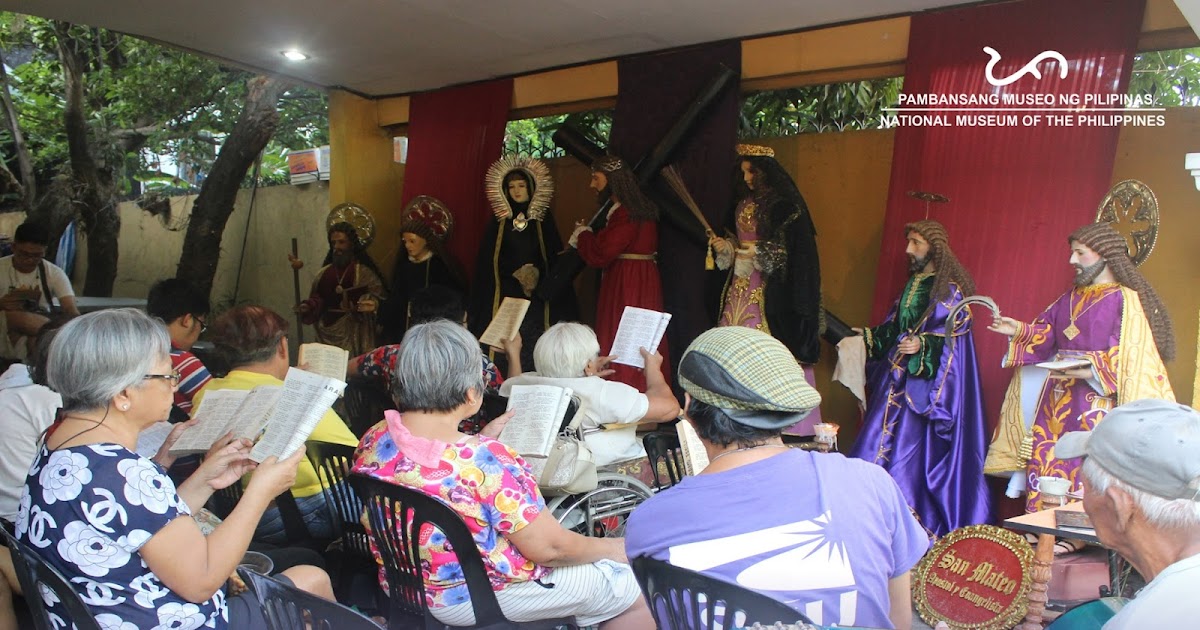
9
New cards
Senakulo
A dramatic play or reenactment of the Passion of Jesus Christ performed during the Holy Week
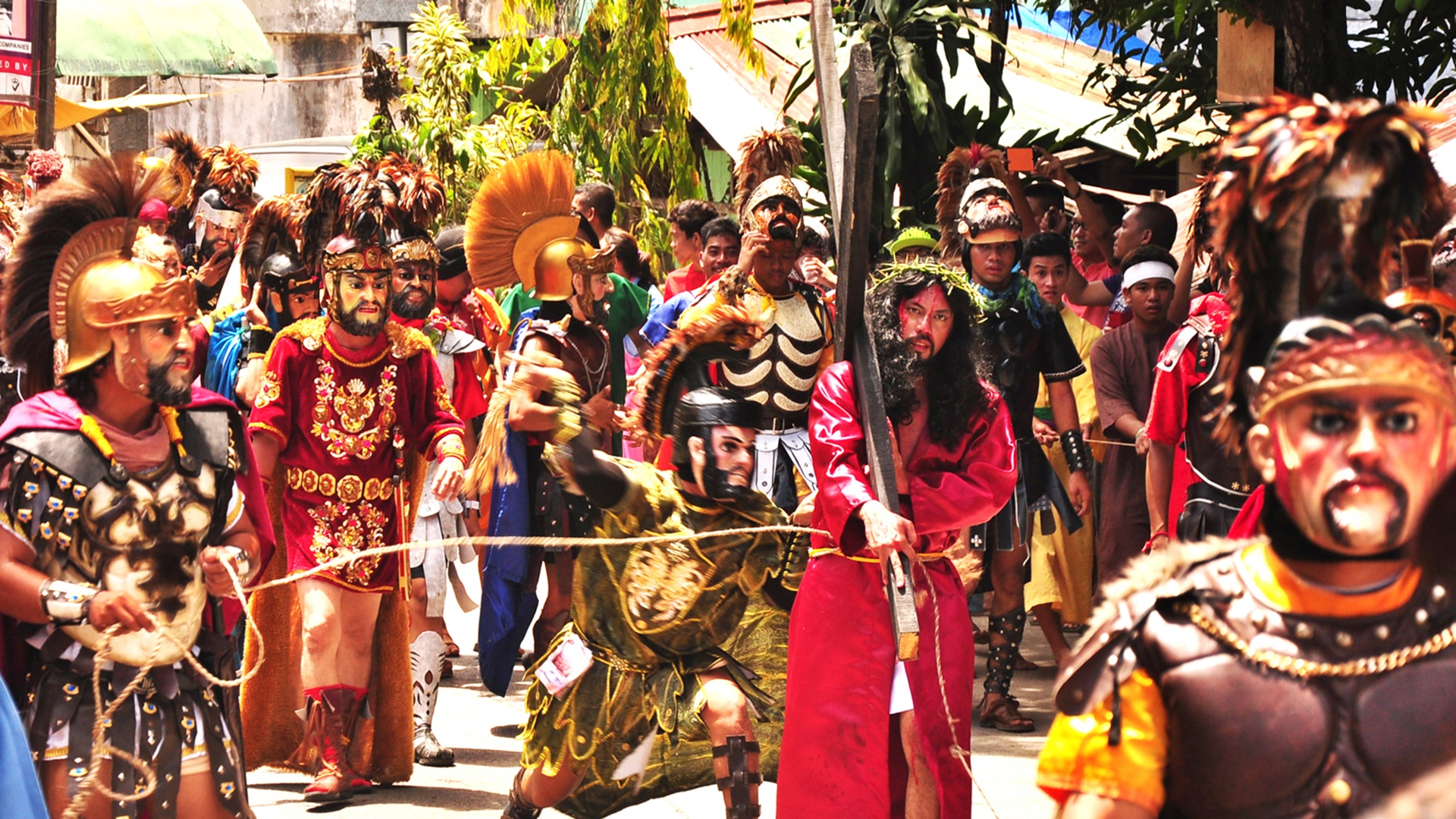
10
New cards
Tanaga
Poetry based on the Japanese Haiku, has 4 lines, 7 syllables for each line, and has a rhyme scheme of AABB
11
New cards
Zarzuela
A lyric-dramatic play introduced by the Spaniards that blends theatrical drama, singing, and dancing which started as a form of propaganda against foreign rule
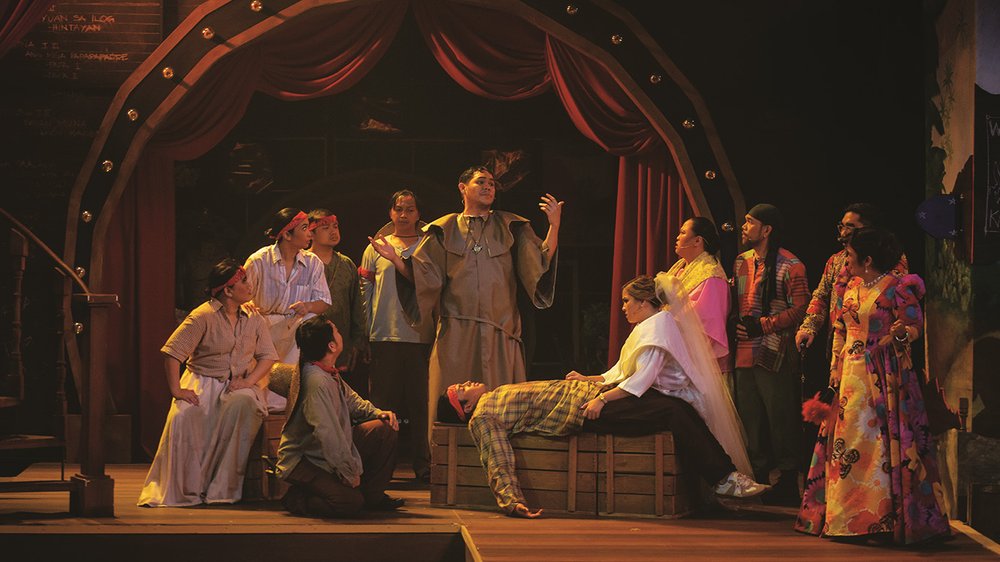
12
New cards
Bolinao Mats
* Region 1 (Pangasinan)
* Mats made from dried buri or palm leaves cut into strips and woven. Some strips are dyed to make distinct patterns and designs
* Mats made from dried buri or palm leaves cut into strips and woven. Some strips are dyed to make distinct patterns and designs

13
New cards
Burnay
* Region 1 (Ilocos Sur)
* The tradition of making jars from clay kneaded by carabaos before being worked on by the potter originally used for aging vinegar, wine, and bagoong
* The tradition of making jars from clay kneaded by carabaos before being worked on by the potter originally used for aging vinegar, wine, and bagoong
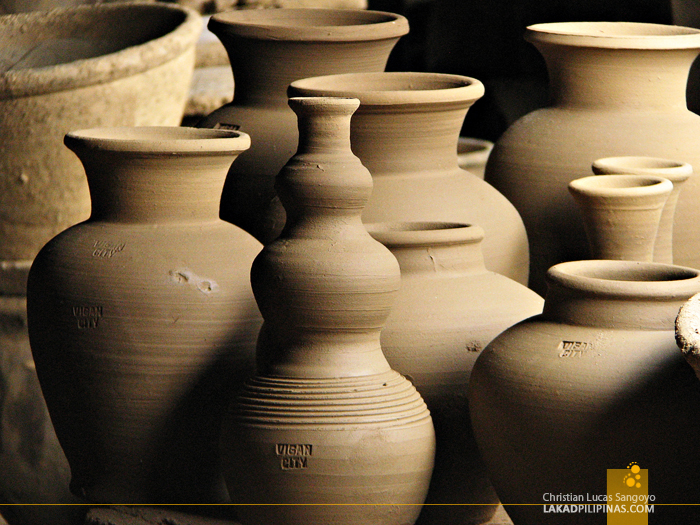
14
New cards
Inabel
* Region 1 (Ilocos)
* Traditional plain or patterned weaving originated in Ilocos using cotton
* Traditional plain or patterned weaving originated in Ilocos using cotton
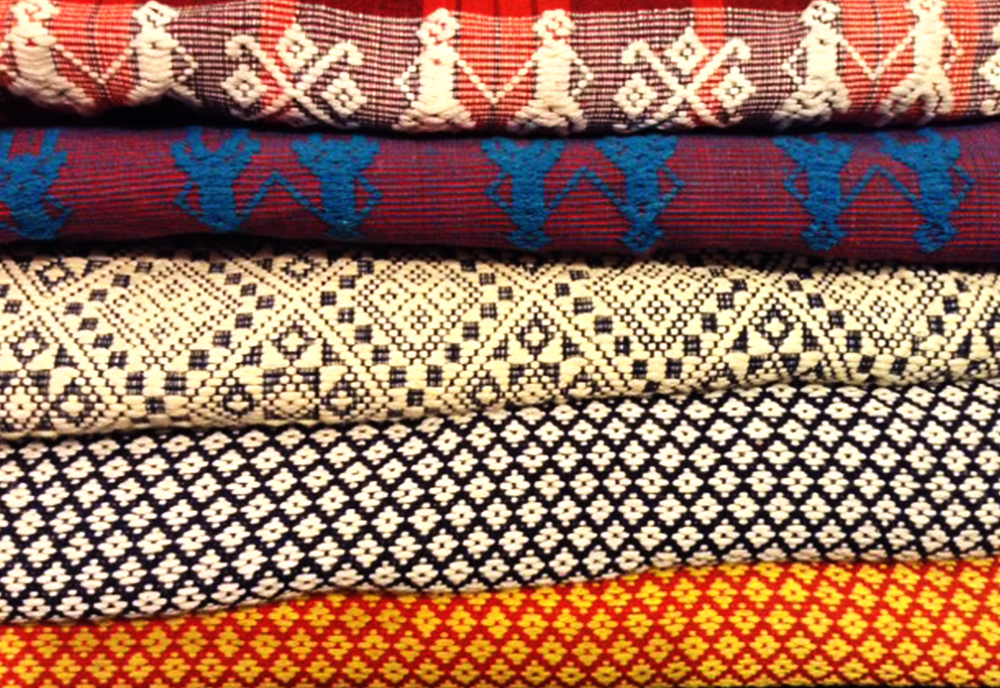
15
New cards
Binakol
* Region 1 (Ilocos)
* A type of abel weave that uses geometric optical patterns which are represent waves of the sea meant to ward off evil spirits
* A type of abel weave that uses geometric optical patterns which are represent waves of the sea meant to ward off evil spirits
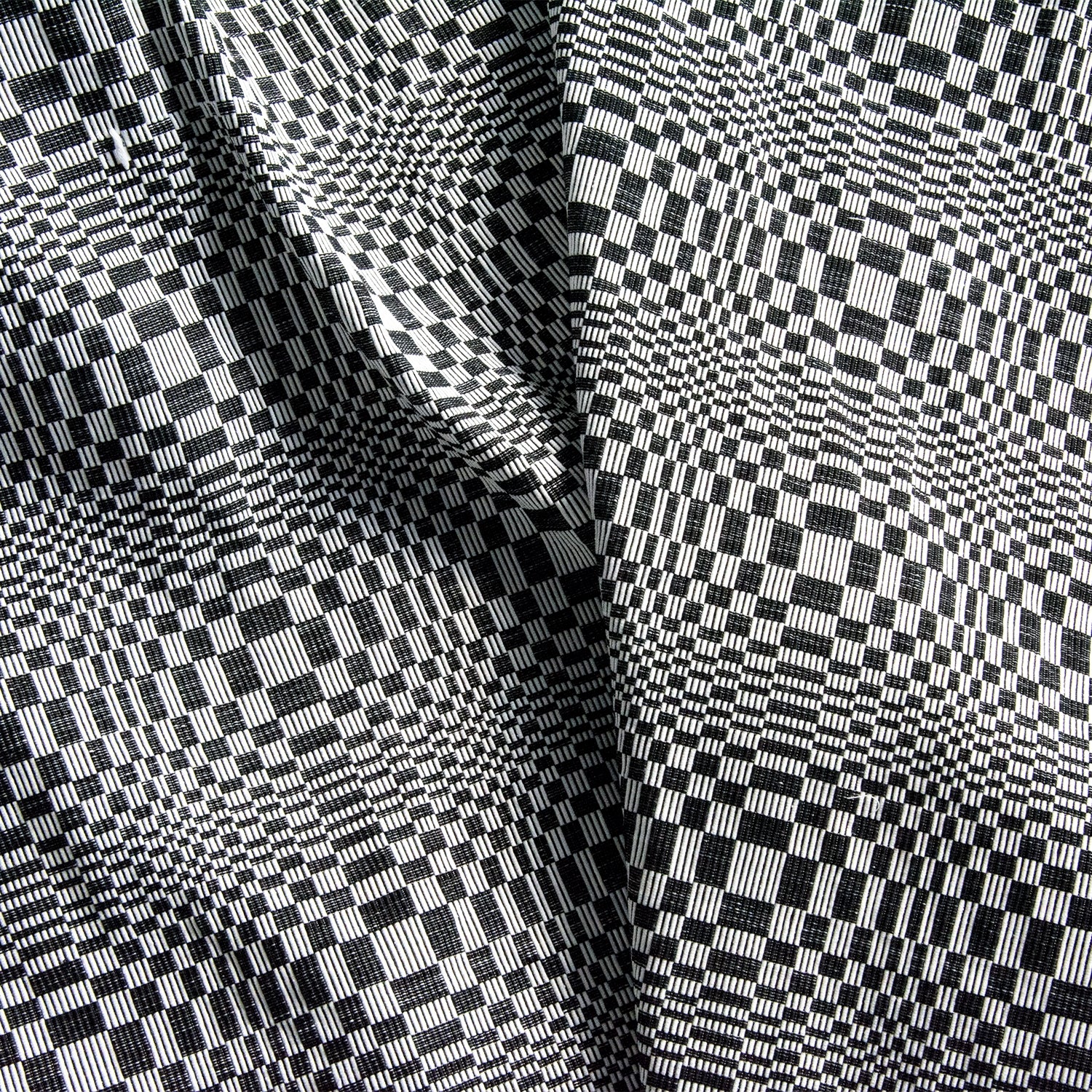
16
New cards
Pandango Oasiwas
* Region 1 (Pangasinan)
* A Spanish fandango dance performed when fishermen celebrate a day of good yield with the dancers swinging and dancing while holding lighted lamps
* A Spanish fandango dance performed when fishermen celebrate a day of good yield with the dancers swinging and dancing while holding lighted lamps

17
New cards
Sayaw sa Bangko
* Region 1 (Pangasinan)
* A folk dance in which the dancers perform their dances on top of multiple benches
* A folk dance in which the dancers perform their dances on top of multiple benches

18
New cards
Vigan Architecture
* Region 1 (Ilocos Sur)
* Established in the 16th century, a town that has preserved Spanish Renaissance Architecture
* Established in the 16th century, a town that has preserved Spanish Renaissance Architecture
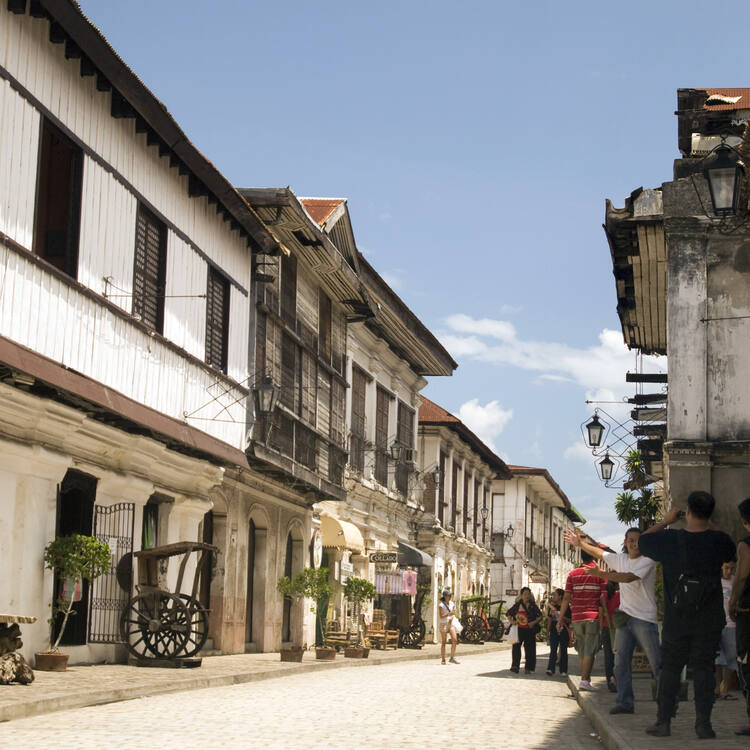
19
New cards
Batok
* CAR (Kalinga)
* The practice of tattooing by using a thorn attached to a stick and a mixture of charcoal and water. In the tribes of Kalinga, men earn tattoos to show pride and achievements, while women get it to beautify themselves and show wealth
* The practice of tattooing by using a thorn attached to a stick and a mixture of charcoal and water. In the tribes of Kalinga, men earn tattoos to show pride and achievements, while women get it to beautify themselves and show wealth
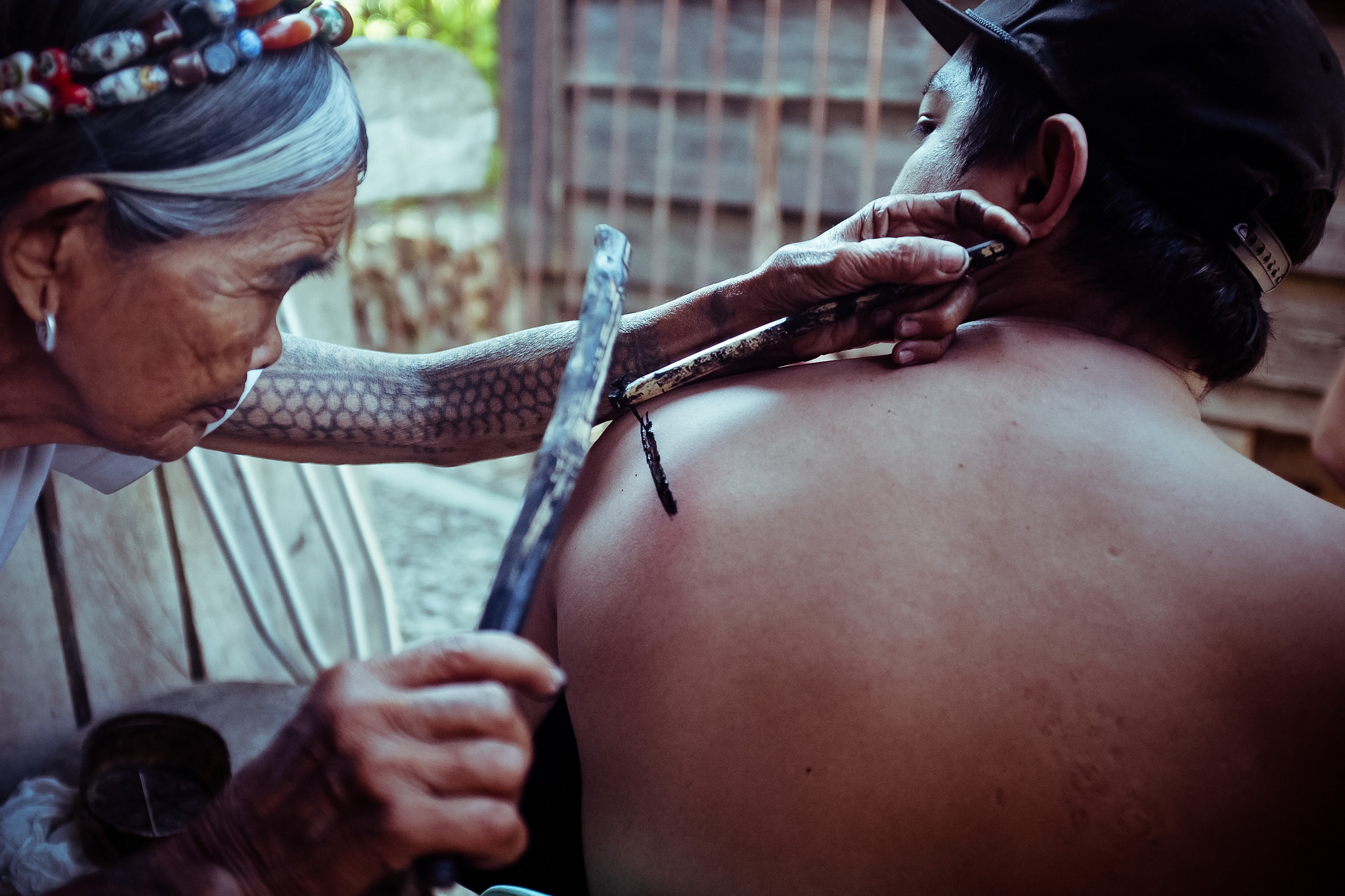
20
New cards
Gangsa
* CAR (Kalinga, Ifugao)
* A single handheld smooth-surfaced gong with a narrow rim
* A single handheld smooth-surfaced gong with a narrow rim
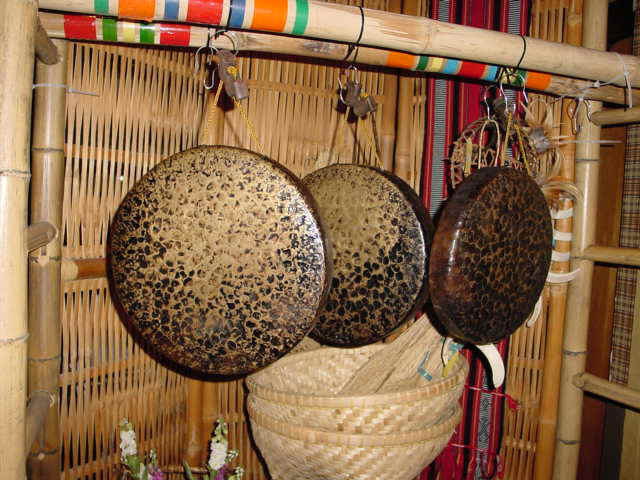
21
New cards
Ikat
* CAR (Ifugao)
* The technique of dyeing the cotton yarns before weaving
* The technique of dyeing the cotton yarns before weaving
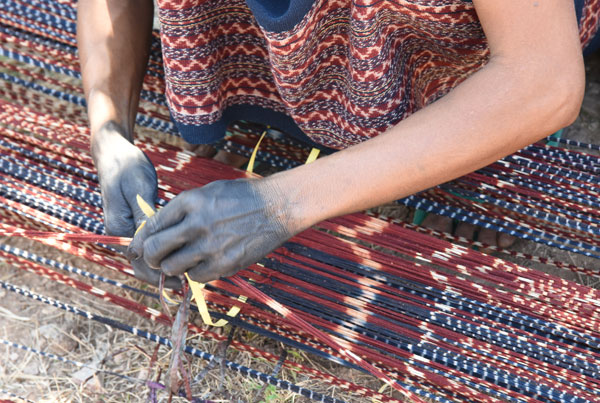
22
New cards
Labba
* CAR (Ifugao)
* A wide basket made from bamboo used to carry produce from the fields
* A wide basket made from bamboo used to carry produce from the fields
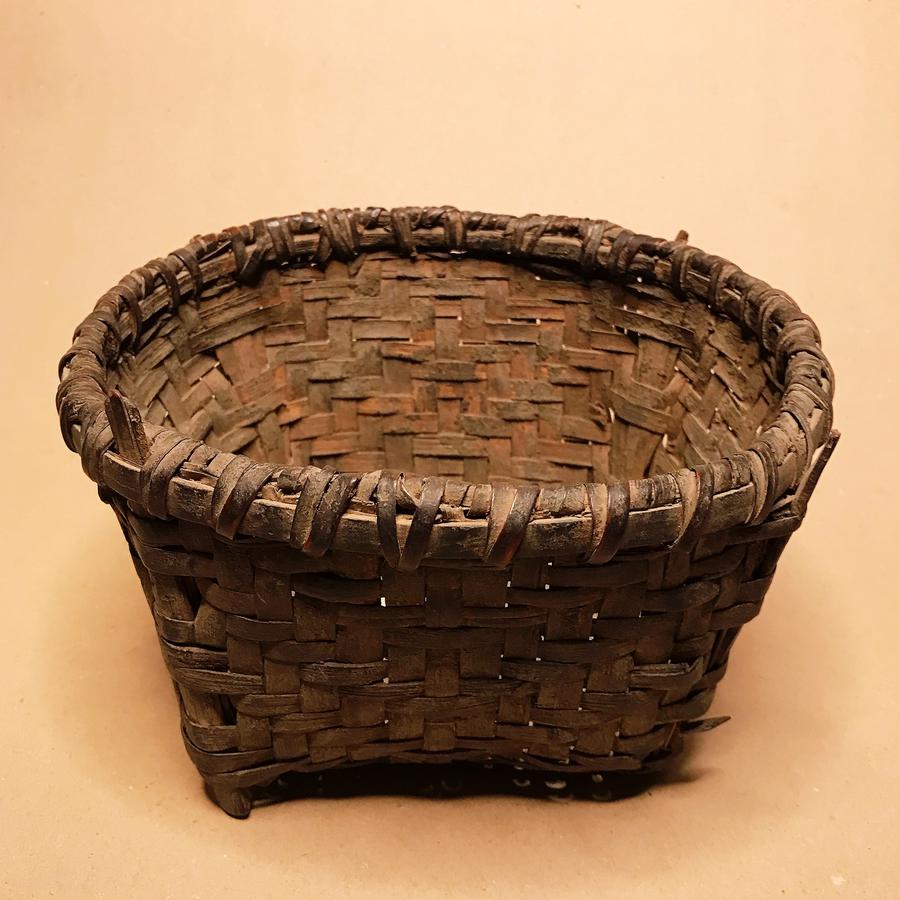
23
New cards
Rice Terraces of the Philippine Cordilleras
* CAR (Ifugao)
* built on hills and slopes of fields of rice. These are spread across four municipalities in the Ifugao Province
* built on hills and slopes of fields of rice. These are spread across four municipalities in the Ifugao Province
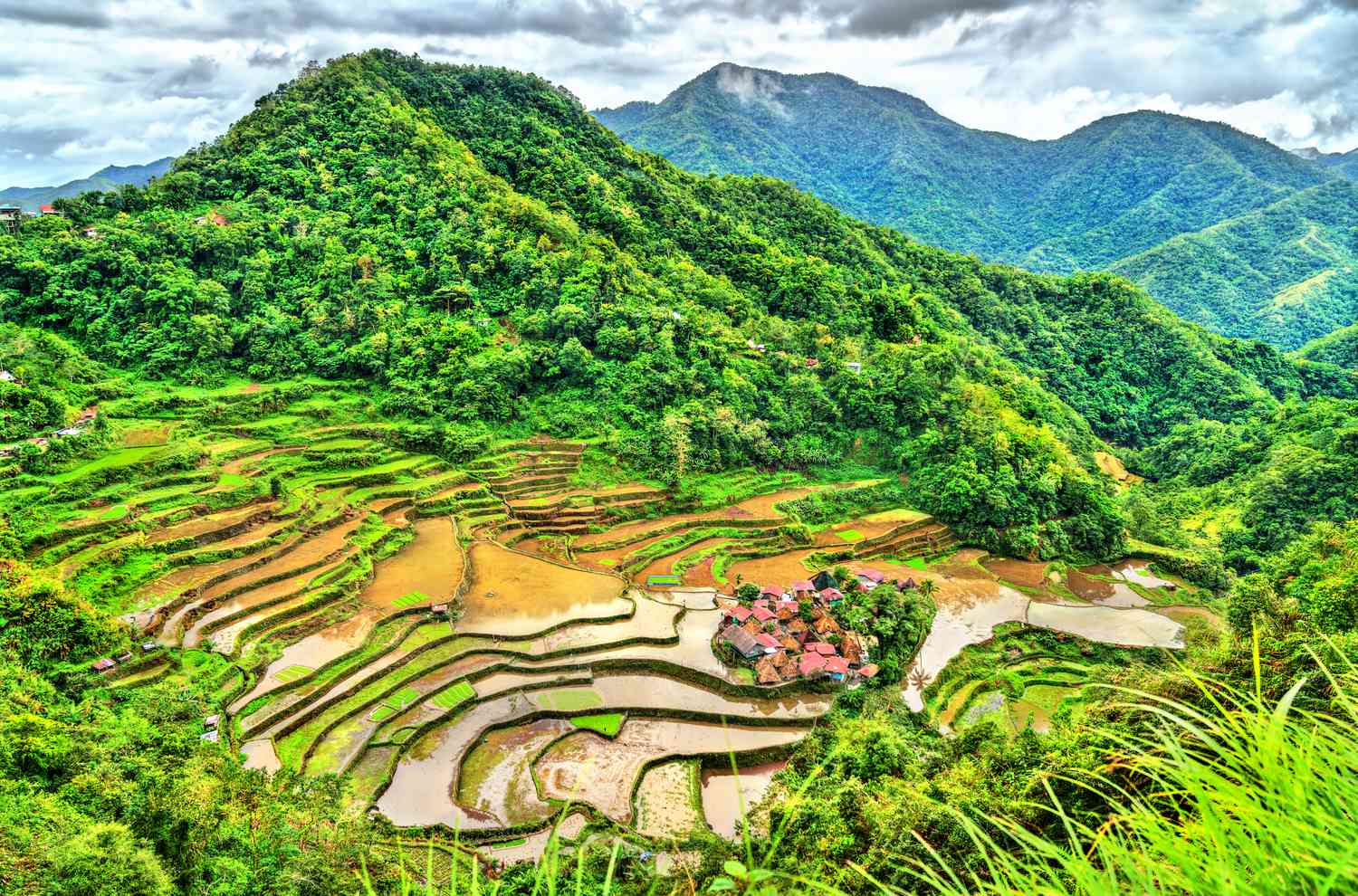
24
New cards
Bakwat
* Region 2 (Nueva Viscaya)
* A weaved cotton belt worn by mothers after giving birth
* A weaved cotton belt worn by mothers after giving birth
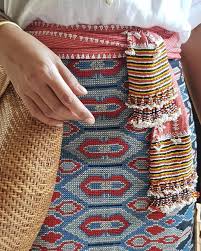
25
New cards
Butaka
* Region 2 (Isabela)
* A wooden chair with long “arm rests” that are actually for the legs as it was originally used by women when giving birth
* A wooden chair with long “arm rests” that are actually for the legs as it was originally used by women when giving birth
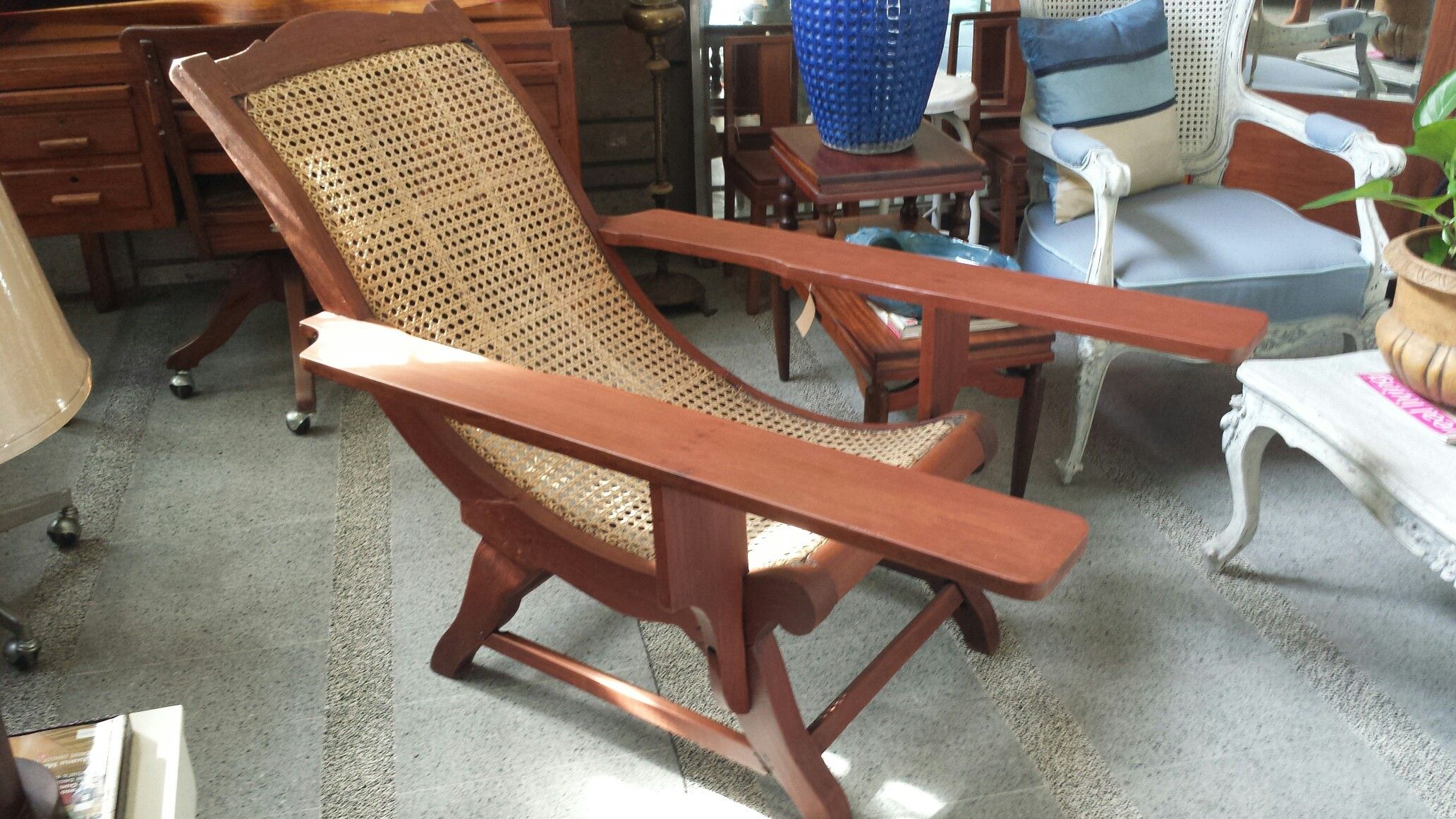
26
New cards
Sambali
* Region 2 (Cagayan)
* A war dance meant to depict the fight between Christians and Non-Christians who opposed Spanish influence performed during the Sambali Festival
* A war dance meant to depict the fight between Christians and Non-Christians who opposed Spanish influence performed during the Sambali Festival

27
New cards
Vakul
* Region 2 (Batanes)
* A headgear made from dried Voyavoy leaves worn by women to provide them protection from the heat
* A headgear made from dried Voyavoy leaves worn by women to provide them protection from the heat
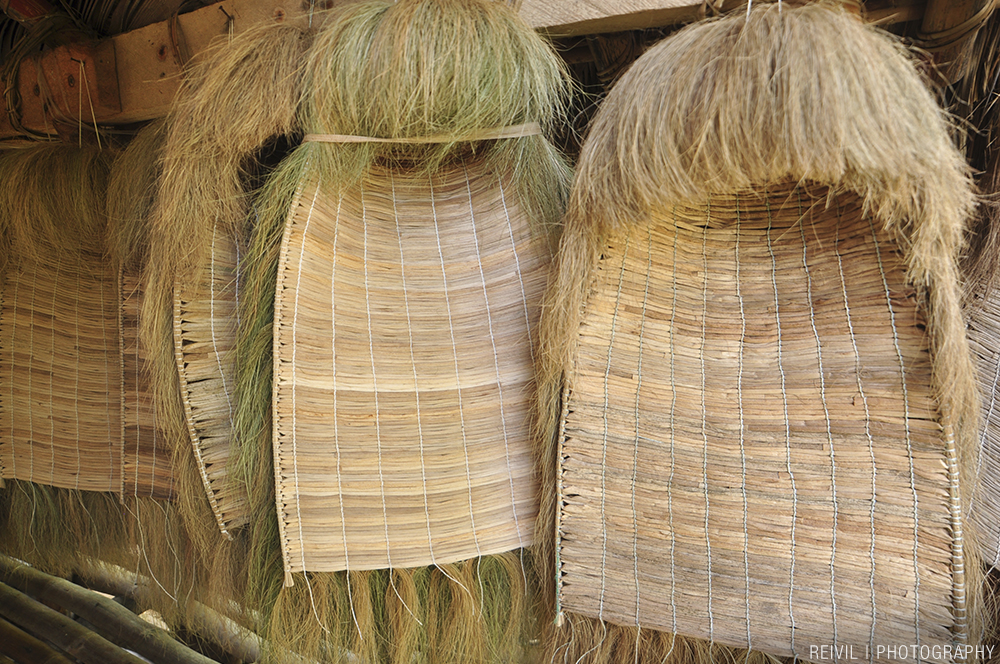
28
New cards
Pabalat
* Region 3 (Bulacan)
* A kind of paper art in which intricate designs are made by cutting Japanese Paper to wrap a delicacy called pastillas
* A kind of paper art in which intricate designs are made by cutting Japanese Paper to wrap a delicacy called pastillas
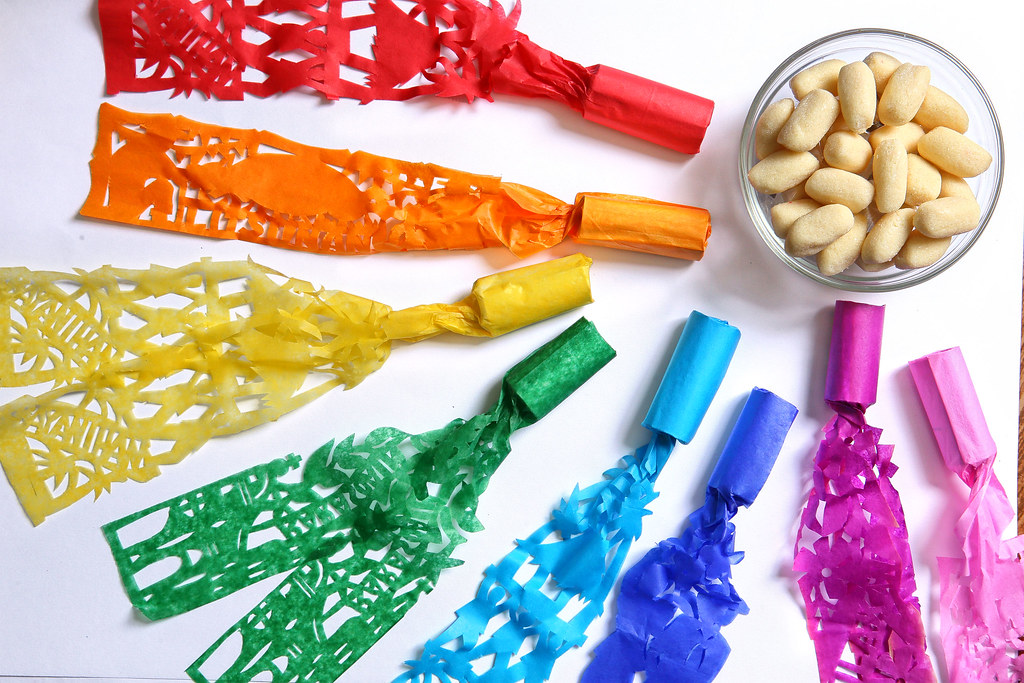
29
New cards
Parol
* Region 3 (Pampanga)
* An ornamental, star-shaped lantern made for Christmas to symbolize the Star of Bethlehem
* An ornamental, star-shaped lantern made for Christmas to symbolize the Star of Bethlehem
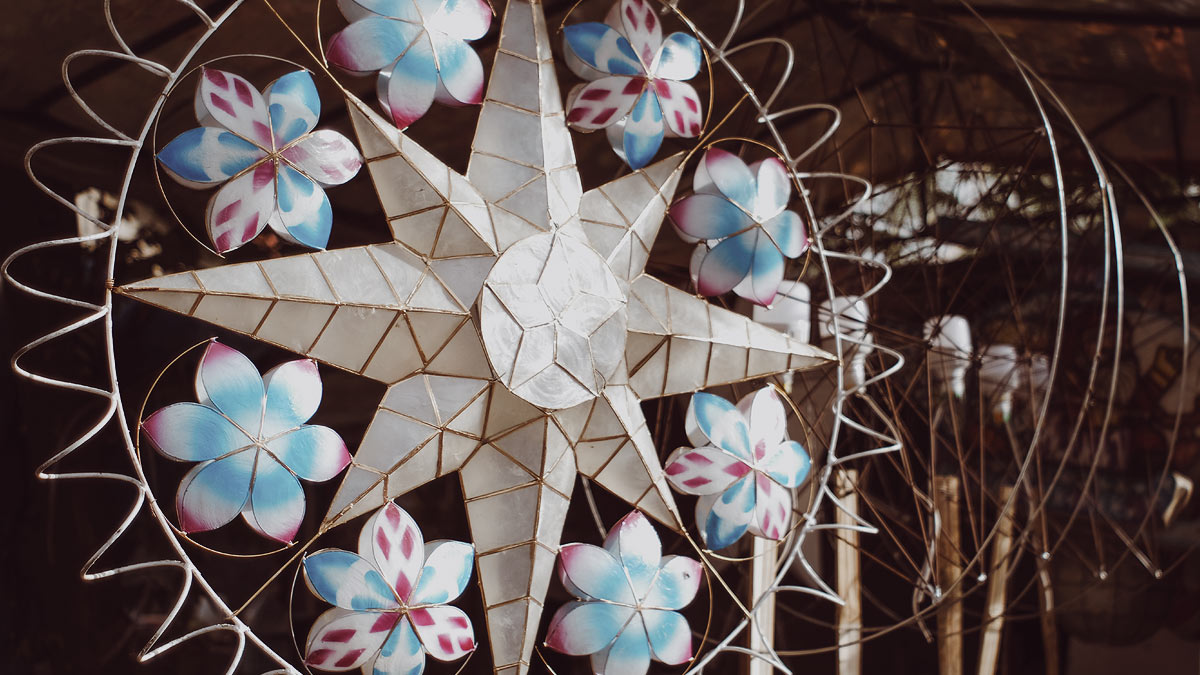
30
New cards
Pyrotechnics
* Region 3 (Bulacan)
* The craft of creating fireworks
* The craft of creating fireworks

31
New cards
Singkaban
* Region 3 (Bulacan)
* The art of producing decorative materials using bamboo
* The art of producing decorative materials using bamboo

32
New cards
Subic Spanish Gate
* Region 3 (Zambales)
* A gate built in 1885 that originally served as the entrance to the Spanish naval station and then turned into a base by the US Navy
* A gate built in 1885 that originally served as the entrance to the Spanish naval station and then turned into a base by the US Navy

33
New cards
Balsa
* Region 4A (Batangas)
* A boat made of bamboo decorated during its Festival as recognition for its significance in transport, fishing, as well as tourism
* A boat made of bamboo decorated during its Festival as recognition for its significance in transport, fishing, as well as tourism
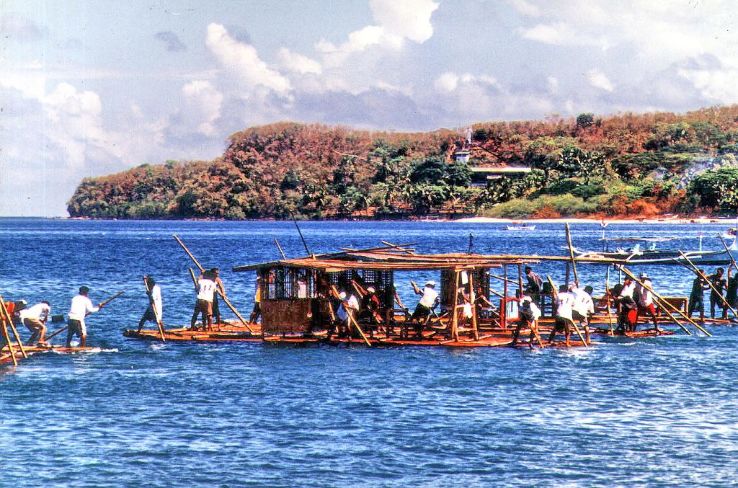
34
New cards
Barong Tagalog
* Region 4A (Laguna)
* The official formal wear of men in the country
* The official formal wear of men in the country
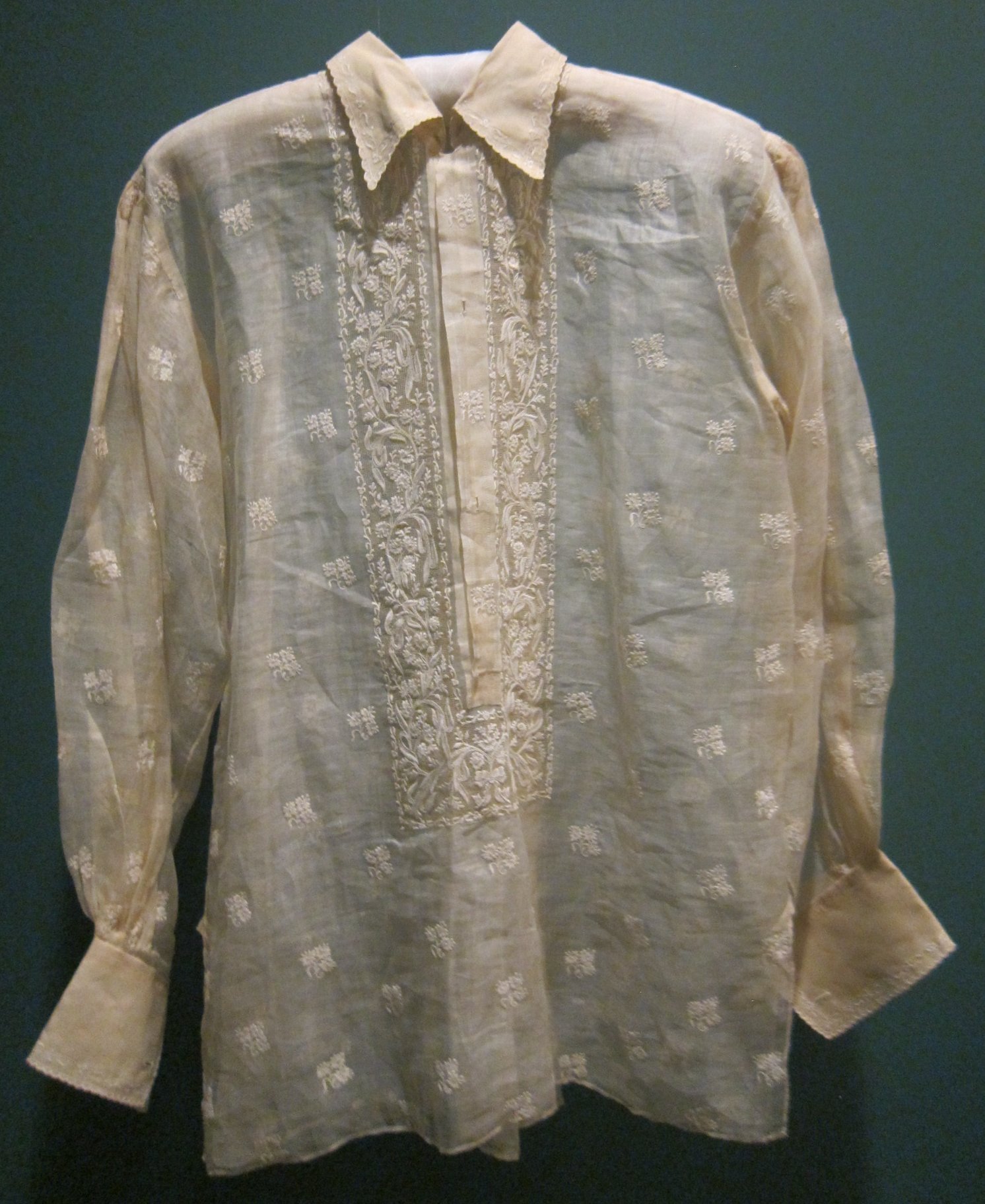
35
New cards
Higantes
* Region 4A (Rizal)
* A giant paper mache meant to portray farmers mocking and protesting mean landlords when Angono was a hacienda used during its festival
* A giant paper mache meant to portray farmers mocking and protesting mean landlords when Angono was a hacienda used during its festival
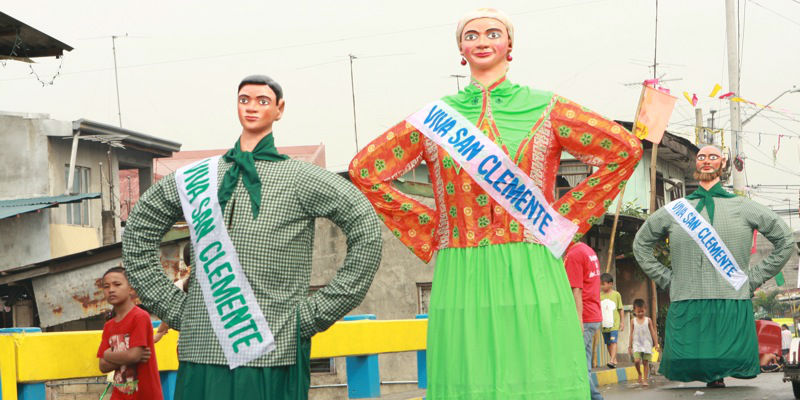
36
New cards
Kiping
* Region 4A (Quezon)
* A delicacy made of glutenous rice and shaped into a leaf used in the Pahiyas Festival in Lucban, Quezon which is also made to serve as a decorative piece
* A delicacy made of glutenous rice and shaped into a leaf used in the Pahiyas Festival in Lucban, Quezon which is also made to serve as a decorative piece
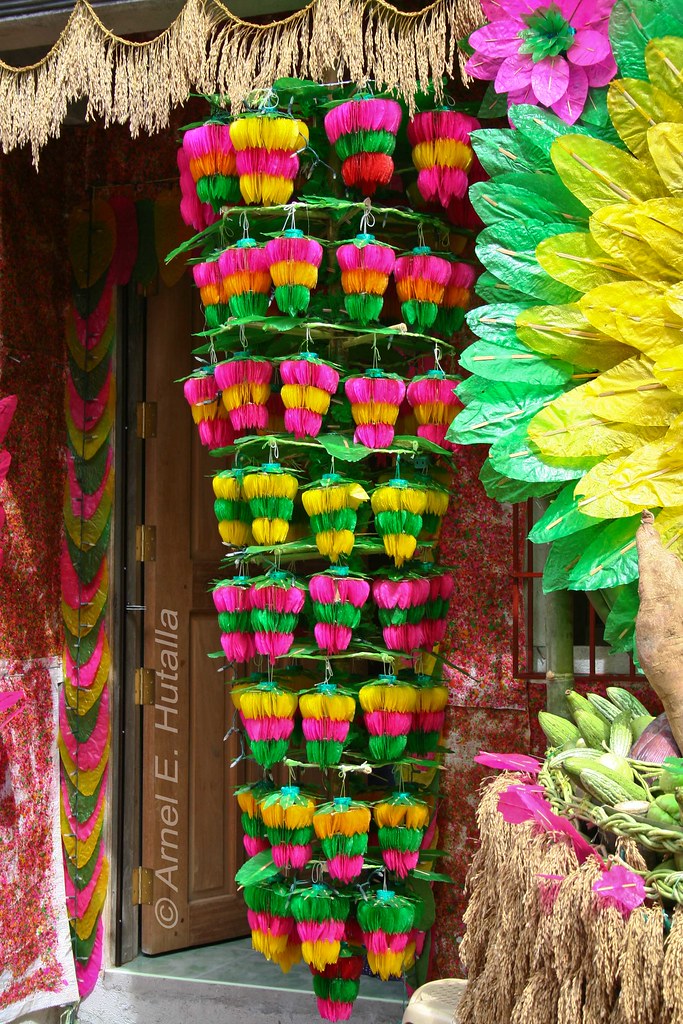
37
New cards
Maglalatik
* Region 4A (Laguna)
* An indigenous dance in which the dancers tap and utilize halved coconut husks strapped onto their bodies
* An indigenous dance in which the dancers tap and utilize halved coconut husks strapped onto their bodies
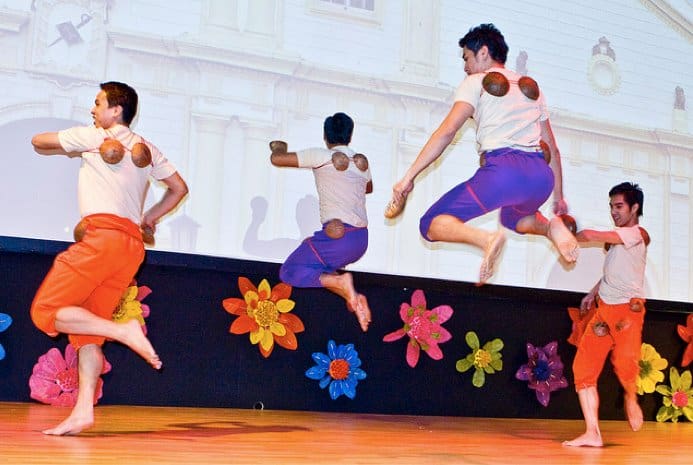
38
New cards
Taka
* Region 4A (Laguna)
* The art of making paper mache crafts made using wood statues as molds
* The art of making paper mache crafts made using wood statues as molds
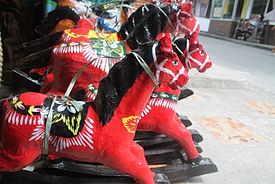
39
New cards
Ambahan
* Region 4B (Mindoro)
* A poem created by the Hanunuo Mangyans that is chanted and often carved on a bamboo
* A poem created by the Hanunuo Mangyans that is chanted and often carved on a bamboo
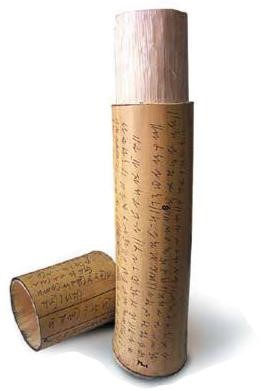
40
New cards
Morion
* Region 4B (Marinduque)
* A large mask which resembles Caucasian features used for a street play in the Moriones Festival
* A large mask which resembles Caucasian features used for a street play in the Moriones Festival

41
New cards
Pandanggo sa Ilaw
* Region 4B (Mindoro)
* A dance influenced by the Spanish dance, fandango, wherein the dancer must balance oil lamps on their hands and head
* A dance influenced by the Spanish dance, fandango, wherein the dancer must balance oil lamps on their hands and head
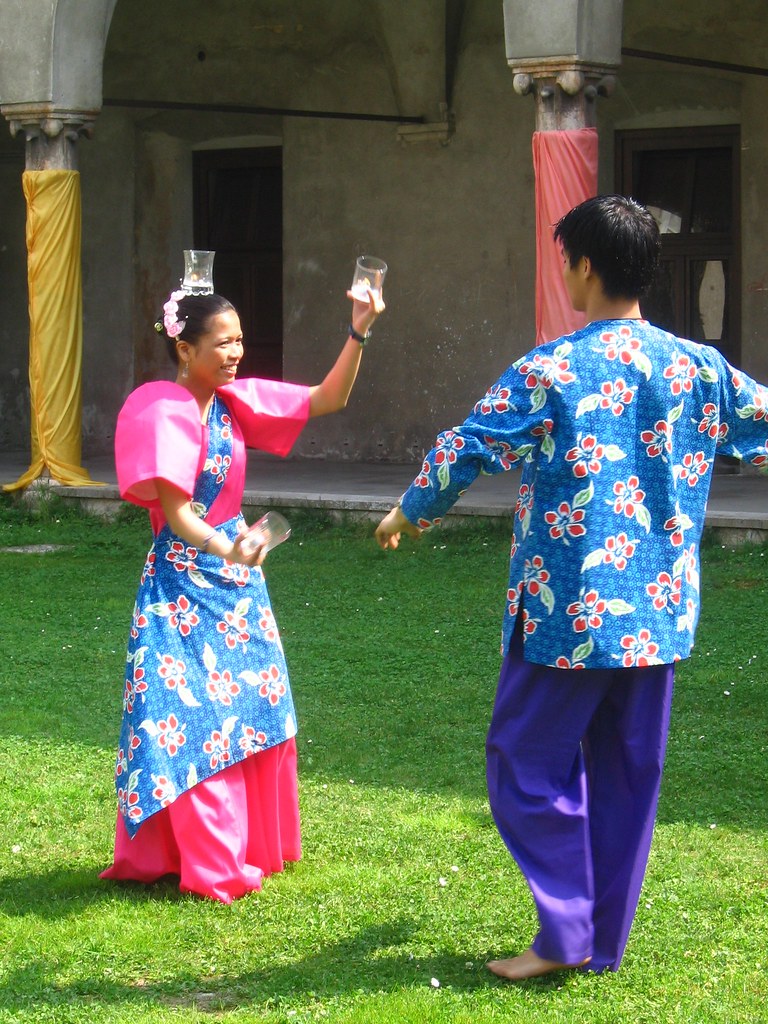
42
New cards
Pantomina
* Region 5 (Bicol)
* Also known as the “dove dance”, it is a dance originally performed in weddings by the couple and their visitors
* Also known as the “dove dance”, it is a dance originally performed in weddings by the couple and their visitors
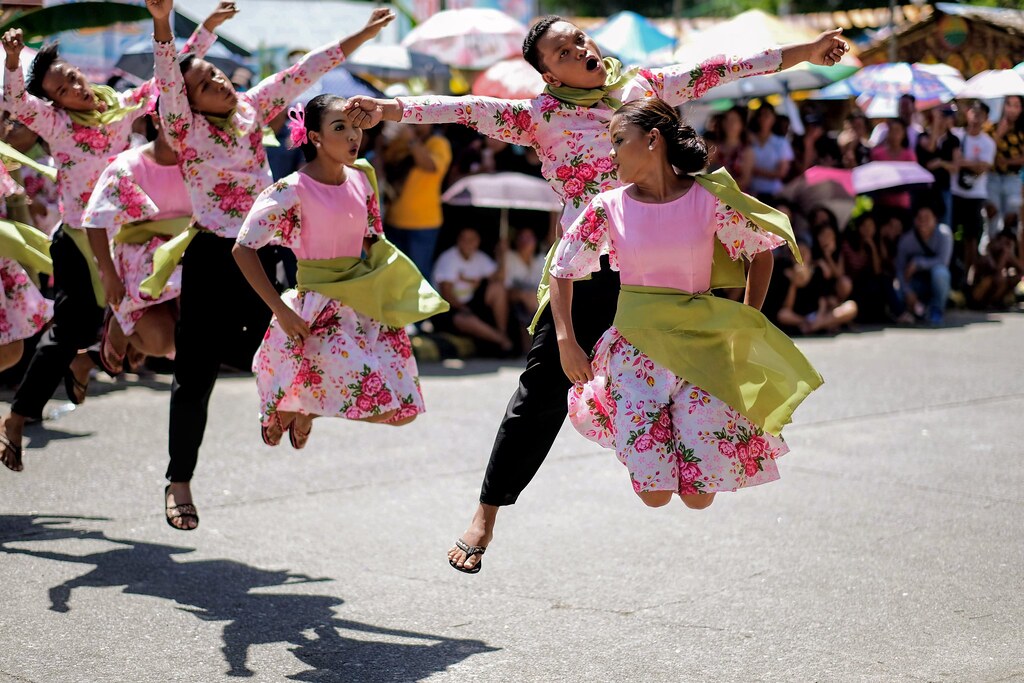
43
New cards
Balay
* Region 5 (Sorsogon)
* Weaved crafts made of buri, a native palm
* Weaved crafts made of buri, a native palm
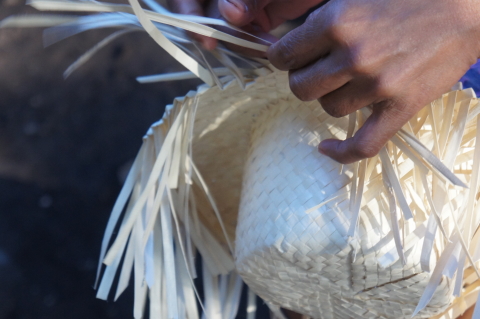
44
New cards
Capiz
* Region 6 (Capiz)
* Crafts and decorations made from seashells
* Crafts and decorations made from seashells

45
New cards
Cariñosa
* Region 6 (Panay Island)
* A dance introduced by the Spaniards performed for flirting with the female dancer utilizing either a fan or handkerchief
* A dance introduced by the Spaniards performed for flirting with the female dancer utilizing either a fan or handkerchief
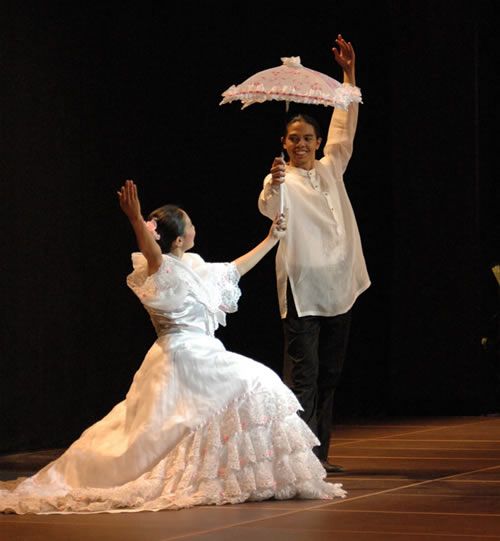
46
New cards
Dandansoy
* Region 6 (Iloilo)
* A Visayan folk song about a person leaving a boy, named —, to go back home
* A Visayan folk song about a person leaving a boy, named —, to go back home
47
New cards
Hablon
* Region 6 (Iloilo)
* It is the process of making fabrics using piña, abaca, or cotton
* It is the process of making fabrics using piña, abaca, or cotton
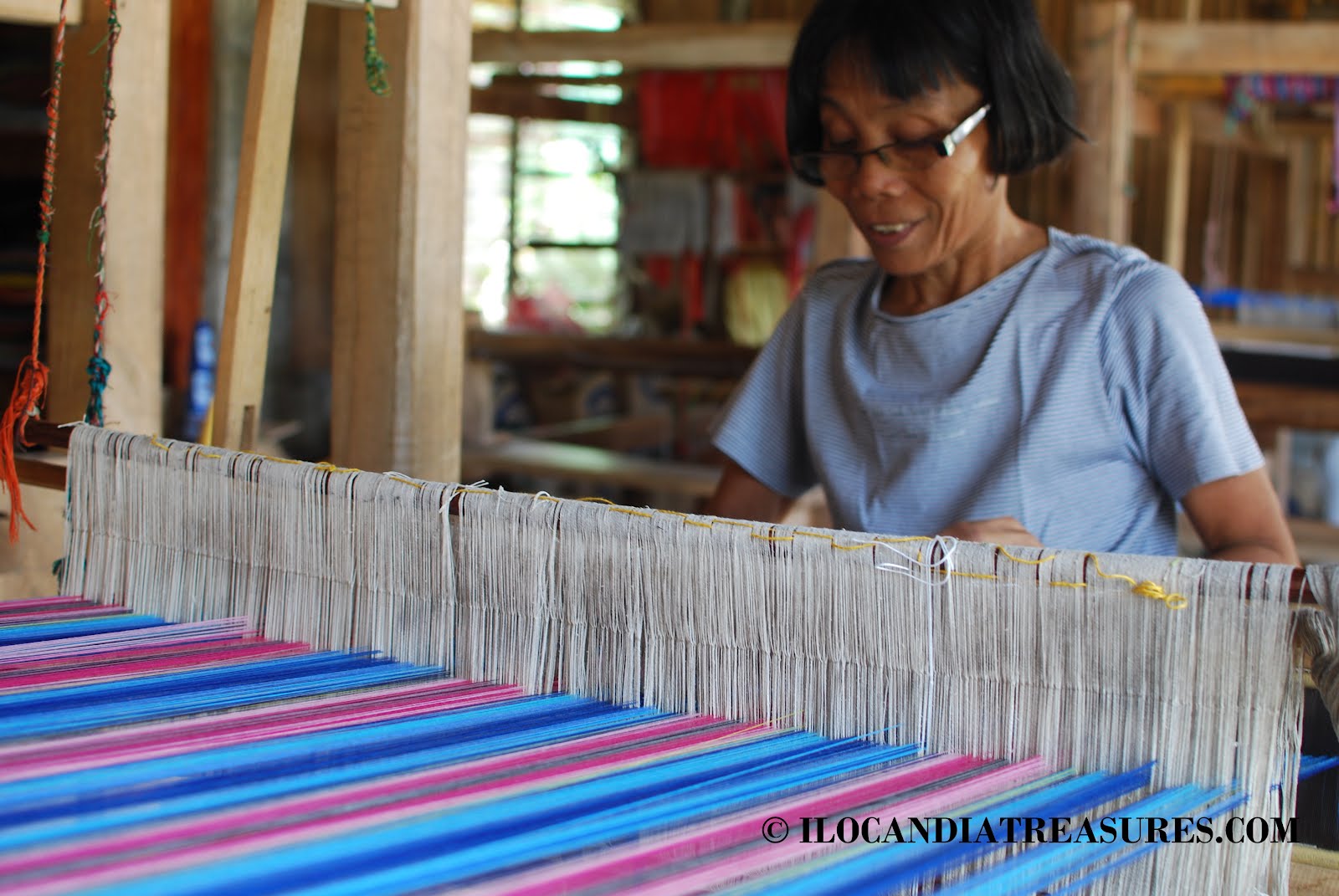
48
New cards
Patadyong
* Region 6 (Antique, Iloilo, Negros Occidental)
* A weaved cloth that has a colorful plaid or checkered design
* A weaved cloth that has a colorful plaid or checkered design
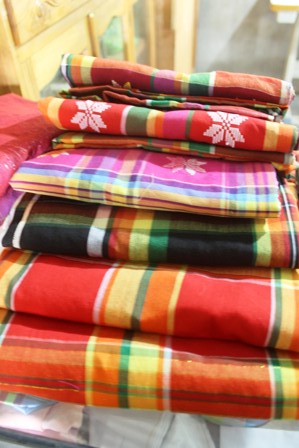
49
New cards
Hinilawod
* Region 6 (Panay Island)
* A 29,000-verse epic poem about the heroes of Panay chanted for three days; translates to “Tales from the Mouth of the Halawod River”
* A 29,000-verse epic poem about the heroes of Panay chanted for three days; translates to “Tales from the Mouth of the Halawod River”
50
New cards
Pagrara
* Region 6 (Iloilo)
* A hand-woven basket made of bamboo
* A hand-woven basket made of bamboo
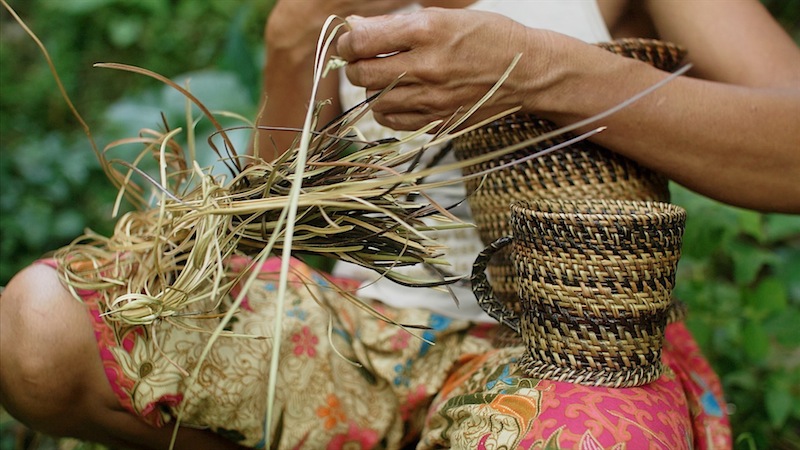
51
New cards
Piña
* Region 6 (Aklan)
* A fabric that comes from mature pineapple leaves that are scraped, cleaned, and dried before being woven
* A fabric that comes from mature pineapple leaves that are scraped, cleaned, and dried before being woven
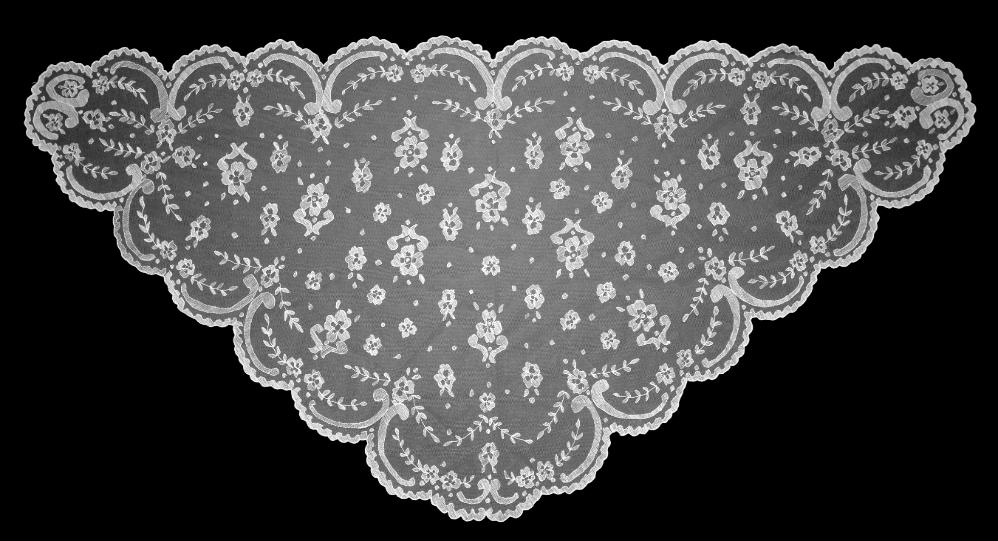
52
New cards
Sinamay
* Region 6 (Negros Island)
* A fabric woven from abaca fibers from processed abaca trees
* A fabric woven from abaca fibers from processed abaca trees
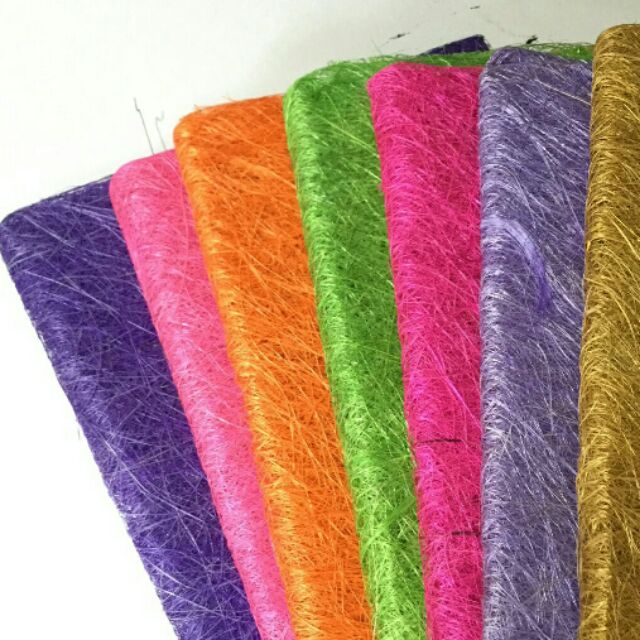
53
New cards
Gapnod
* Region 7 (Negros Oriental)
* A dance reenacting the discovery of an image of St. Anthony of Padua, the patron saint of Sibulan, by a fisherman
* A dance reenacting the discovery of an image of St. Anthony of Padua, the patron saint of Sibulan, by a fisherman

54
New cards
Guitar
* Region 7 (Cebu)
* A musical instrument that has 6 strings
* A musical instrument that has 6 strings
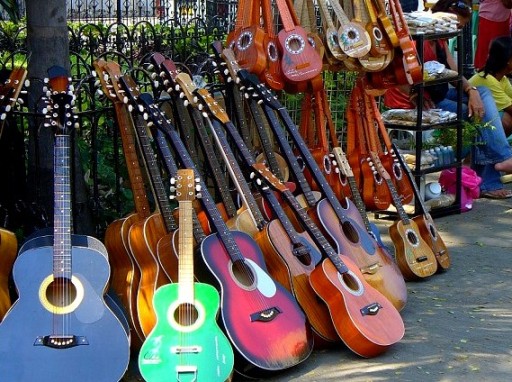
55
New cards
Kuradang
* Region 7 (Bohol)
* A wedding dance performed with the accompaniment of a rondalla
* A wedding dance performed with the accompaniment of a rondalla

56
New cards
Mazurka Boholana
* Region 7 (Bohol)
* A Spanish-inspired ballroom dance where the female character wears a Maria Clara
* A Spanish-inspired ballroom dance where the female character wears a Maria Clara
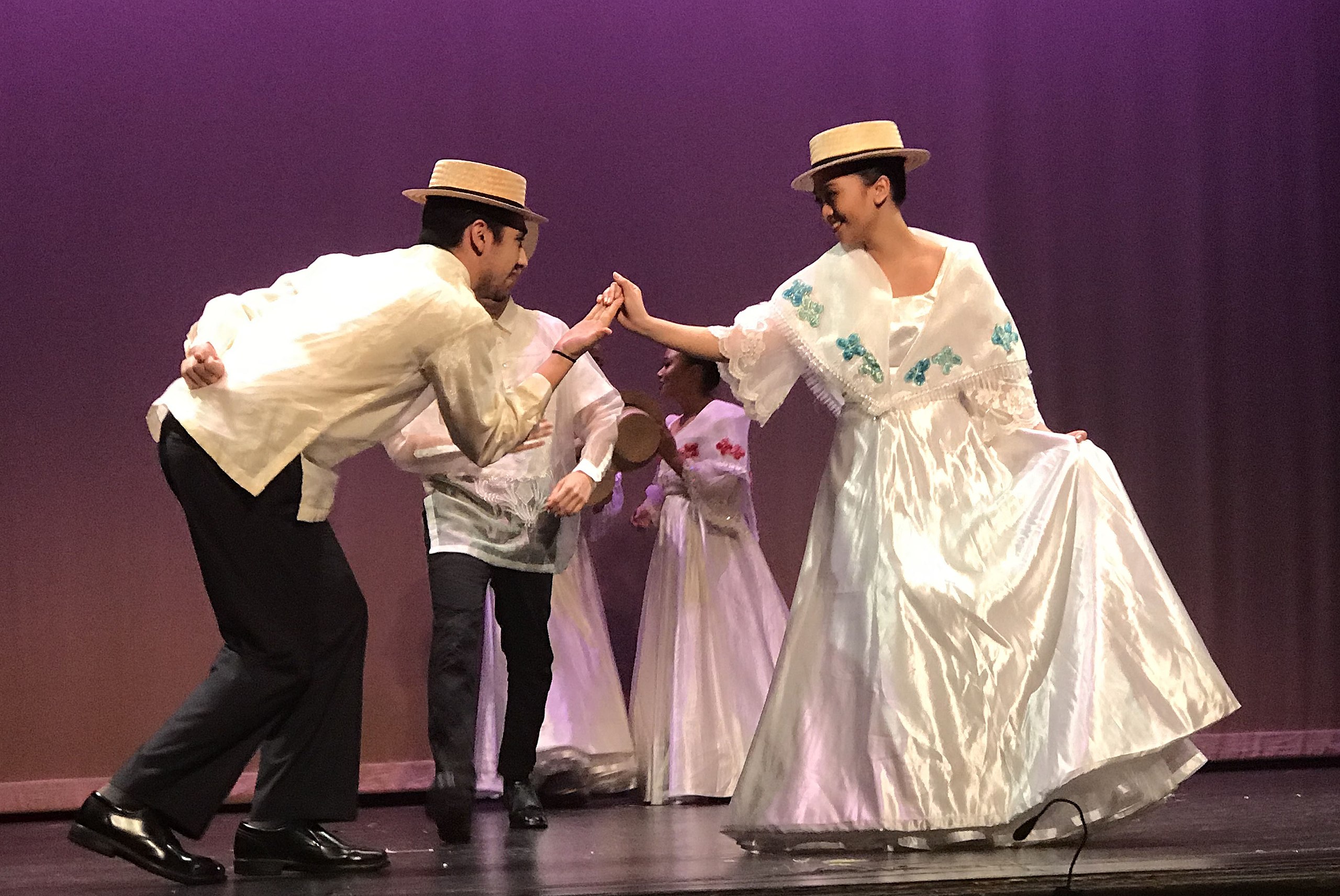
57
New cards
Sinulog
* Region 7 (Cebu)
* A dance that represents the “sulog” (current) of a river in Cebu performed during the Festival
* A dance that represents the “sulog” (current) of a river in Cebu performed during the Festival
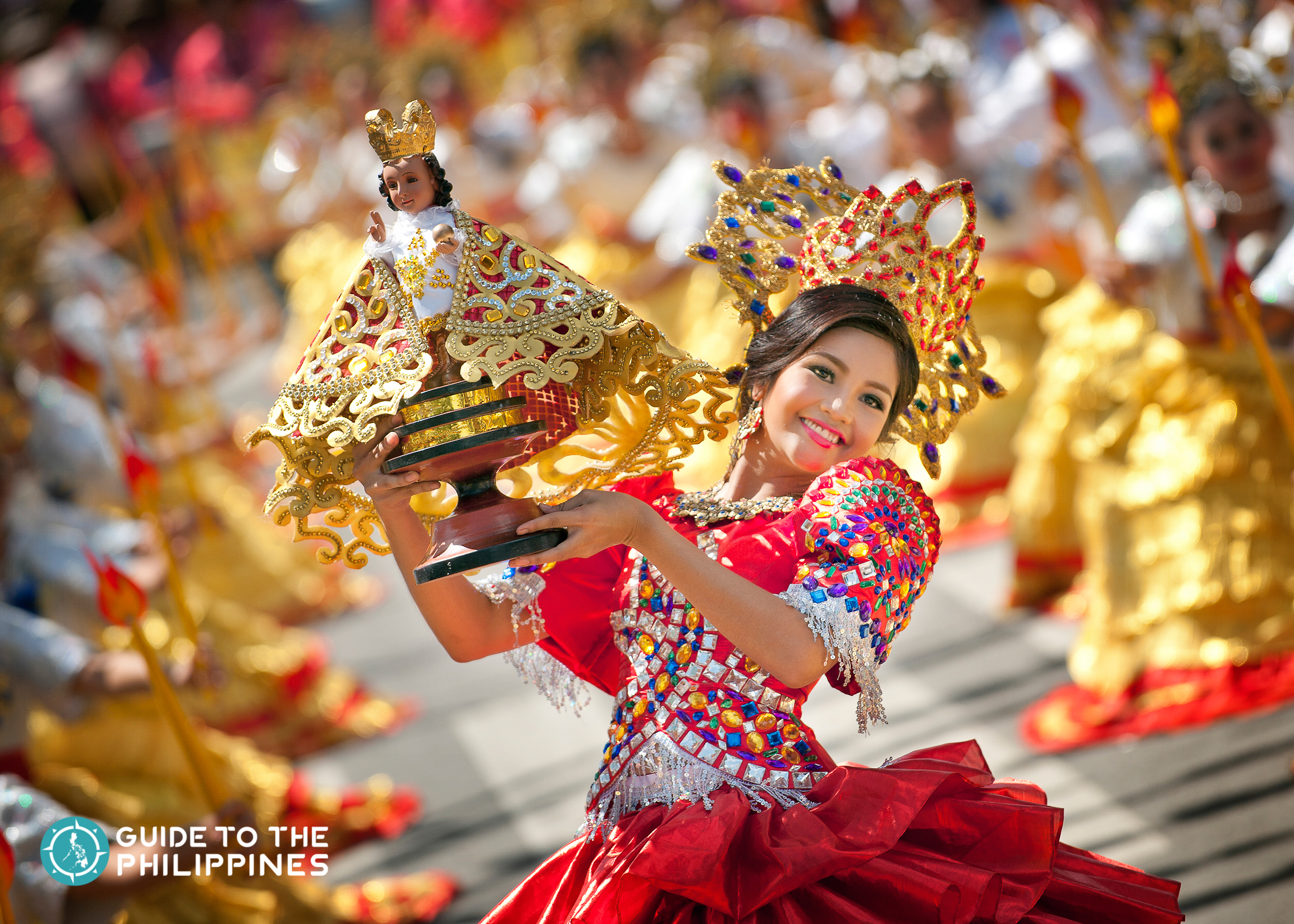
58
New cards
Surtido Cebuano
* Region 7 (Cebu)
* A square dance performed by several pairs that combines influences of Spanish, Mexican, French, as well as indigenous elements together
* A square dance performed by several pairs that combines influences of Spanish, Mexican, French, as well as indigenous elements together

59
New cards
Basey Mats
* Region 8 (Samar)
* Woven sleeping mats, locally known as banig, in Samar
* Woven sleeping mats, locally known as banig, in Samar
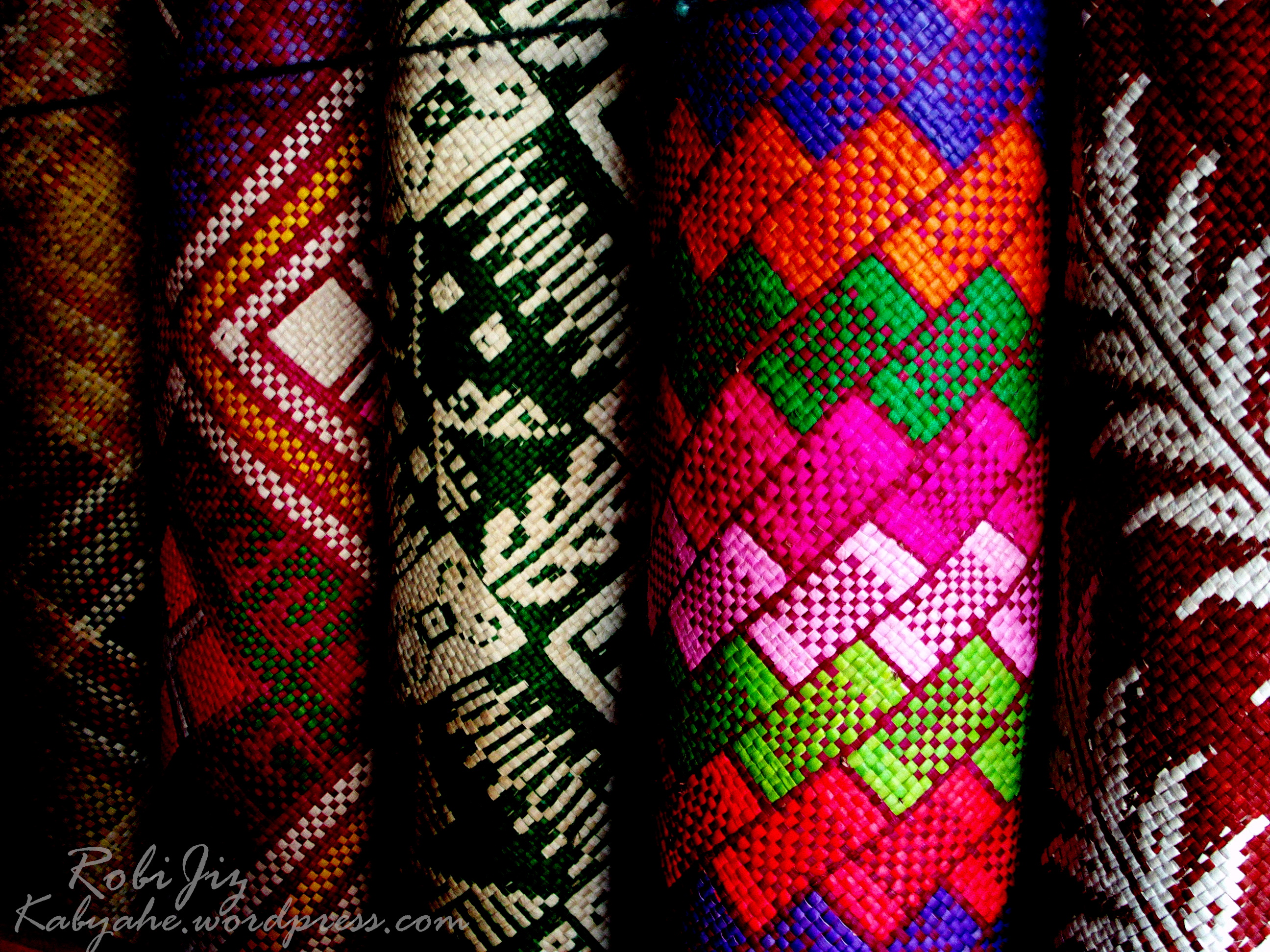
60
New cards
Kuratsa
* Region 8 (Leyte)
* A courtship dance performed during fiestas, family gatherings, as well as weddings
* A courtship dance performed during fiestas, family gatherings, as well as weddings
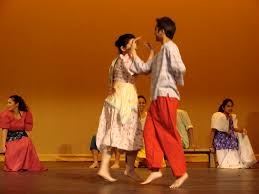
61
New cards
Tinikling
* Region 8 (Leyte)
* A dance which involves two people beating, tapping, and sliding bamboo poles on the ground and against each other in coordination with one or more dancers
* A dance which involves two people beating, tapping, and sliding bamboo poles on the ground and against each other in coordination with one or more dancers

62
New cards
Bunga Sama
* Region 9 (Zamboanga Peninsula)
* The highest form of Yakan weaving that has patterns that represent the universe
* The highest form of Yakan weaving that has patterns that represent the universe
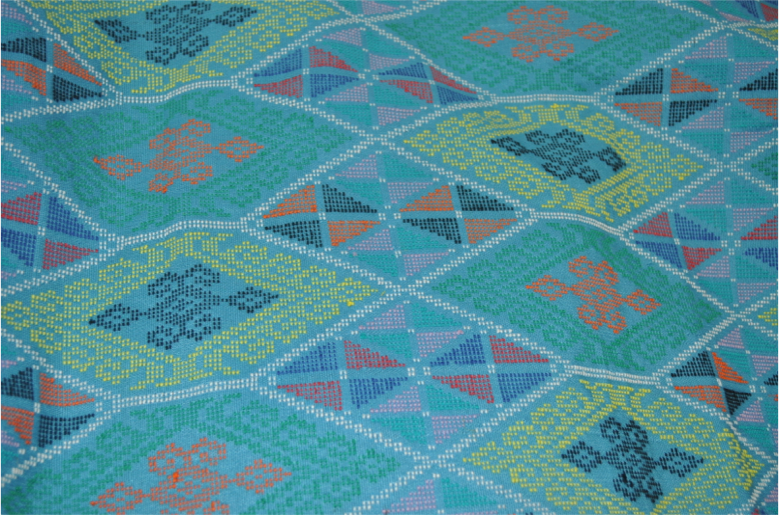
63
New cards
Gong
* Region 9 (Zamboanga Peninsula)
* A percussion musical instrument that is usually made of metal
* A percussion musical instrument that is usually made of metal
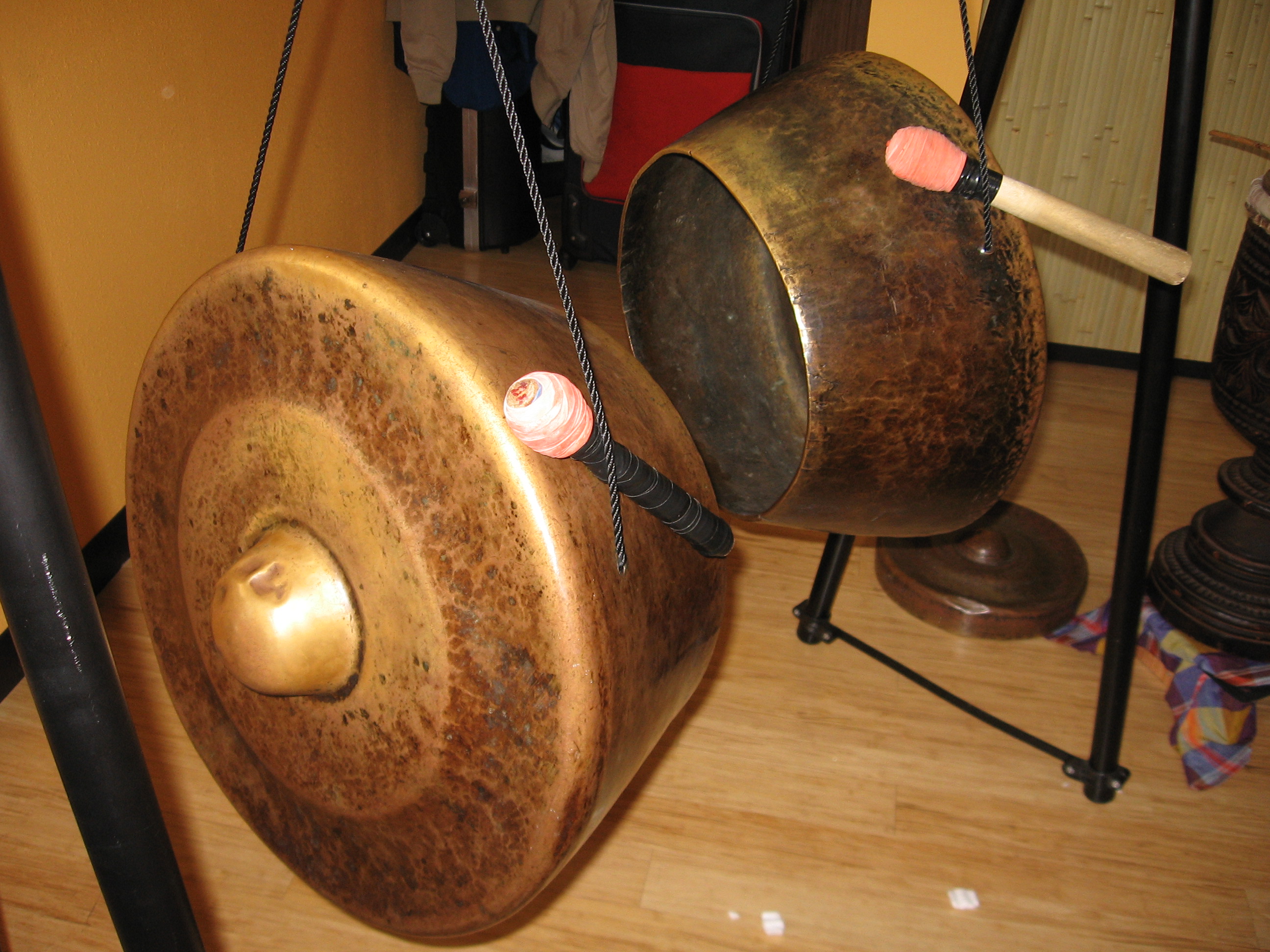
64
New cards
Semmek
* Region 9 (Zamboanga Peninsula)
* The collective term for dresses made by the Yakan women using abaca, pineapple, and bamboo
* The collective term for dresses made by the Yakan women using abaca, pineapple, and bamboo
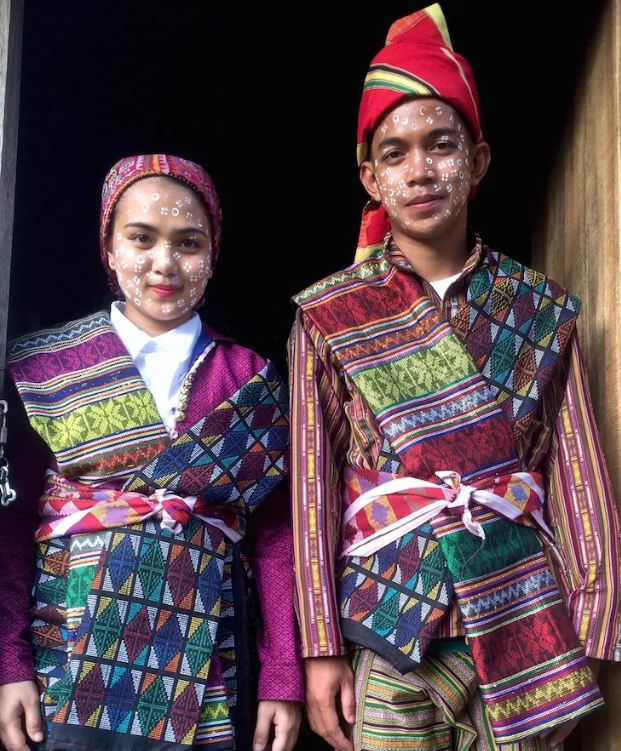
65
New cards
Tanyak Tanyak
* Region 9 (Zamboanga Peninsula)
* A custom of face painting by the use of a mixture of flour and water done in wedding ceremonies
* A custom of face painting by the use of a mixture of flour and water done in wedding ceremonies
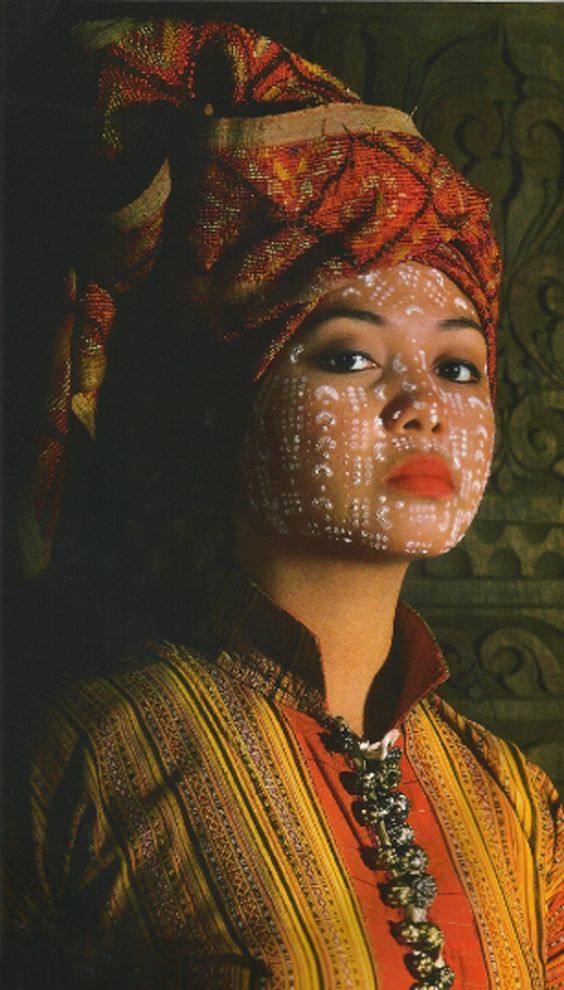
66
New cards
Kudyapi
* Region 10 (Northern Mindanao)
* An instrument that looks like a boat and has two strings
* An instrument that looks like a boat and has two strings

67
New cards
Hinabol
* Region 10 (Bukidnon)
* A hand-woven fabric made by the ethnic Higaonon tribe
* A hand-woven fabric made by the ethnic Higaonon tribe
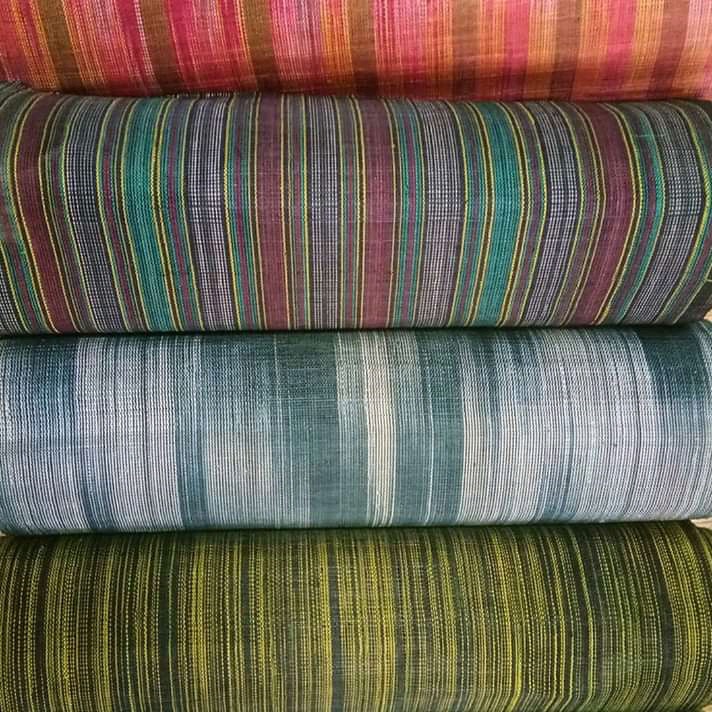
68
New cards
Idangdang
* Region 10 (Bukidnon)
* A ballad song that is about recalling historical events
* A ballad song that is about recalling historical events
69
New cards
Panika
* Region 10 (Bukidnon)
* A headdress worn during festivities made of native materials
* A headdress worn during festivities made of native materials

70
New cards
Dagmay
* Region 11 (Davao Region)
* A weaved fabric made by the Mandaya tribe that is usually used by women as a skirt, as well as blankets or wraps for the dead
* A weaved fabric made by the Mandaya tribe that is usually used by women as a skirt, as well as blankets or wraps for the dead
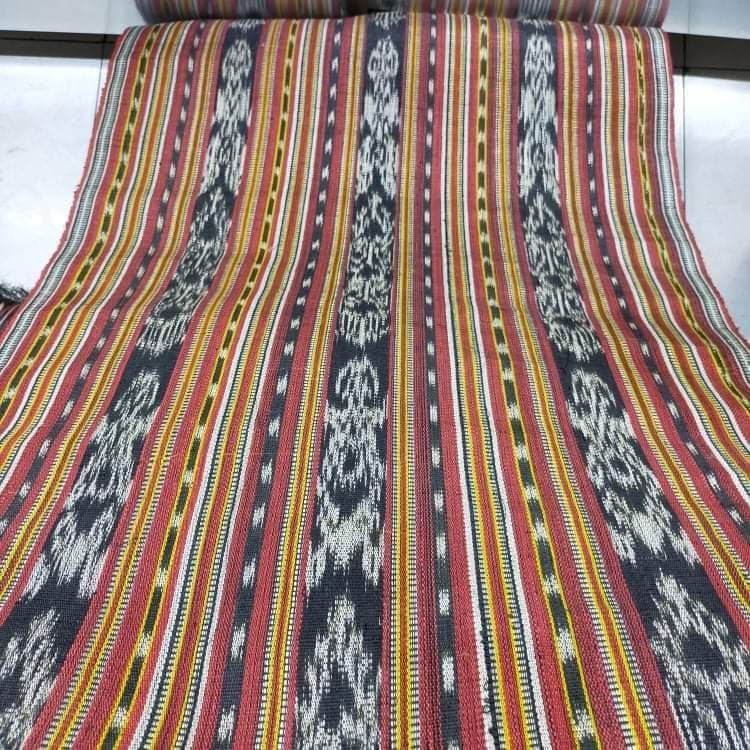
71
New cards
Bagobo Inabal
* Region 11 (Davao Region)
* A traditional textile made from abaca with a special weave worn only by women and has a shine from the beeswax applied during the weaving process
* A traditional textile made from abaca with a special weave worn only by women and has a shine from the beeswax applied during the weaving process
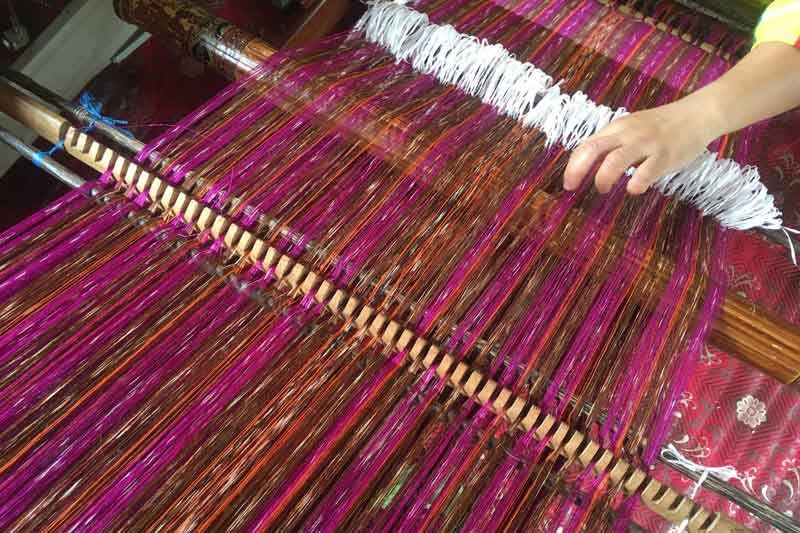
72
New cards
Ginakit
* Region 12 (Sarangani)
* Brightly colored boats used by Muslim royals and high- ranking people in Mindanao during the pre-colonial and Spanish periods, and now showcased in the Pakaradyan Festival
* Brightly colored boats used by Muslim royals and high- ranking people in Mindanao during the pre-colonial and Spanish periods, and now showcased in the Pakaradyan Festival

73
New cards
Tabih
* Region 12 (General Santos City, Sarangani, South Cotabato)
* A hand-woven cloth made by the B’laan people
* A hand-woven cloth made by the B’laan people
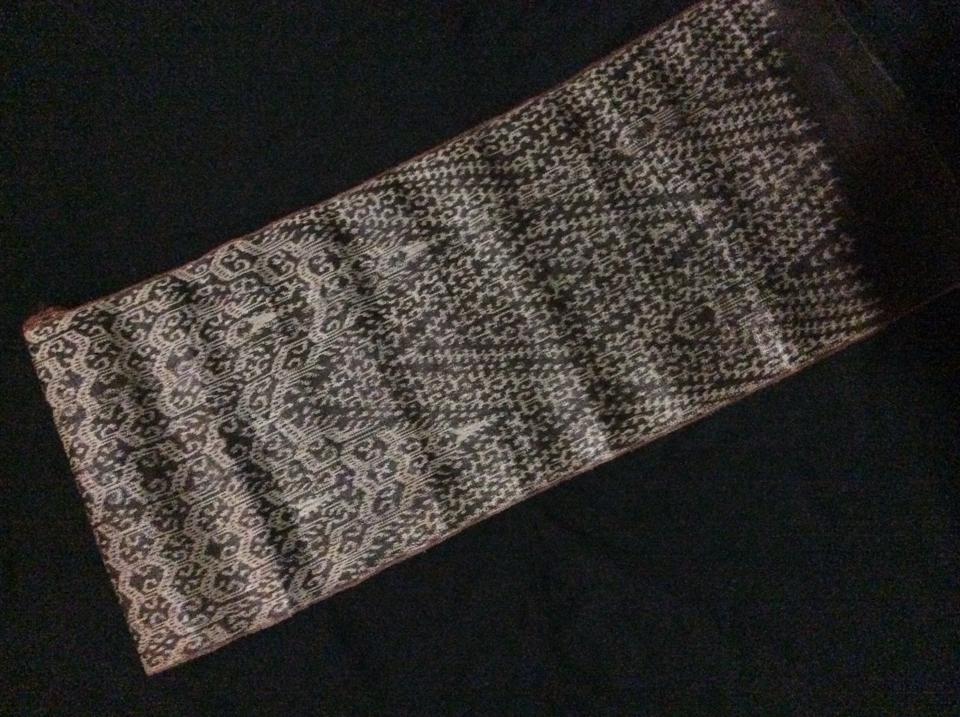
74
New cards
T’nalak
* Region 12 (South Cotabato)
* Made by the T’boli people, it is a method of weaving abaca inspired by the weaver’s dreams
* Made by the T’boli people, it is a method of weaving abaca inspired by the weaver’s dreams

75
New cards
Butuan Boats
* Region 13 (Agusan del Norte)
* An edged-pegged plank type boat made from hardwood
* An edged-pegged plank type boat made from hardwood
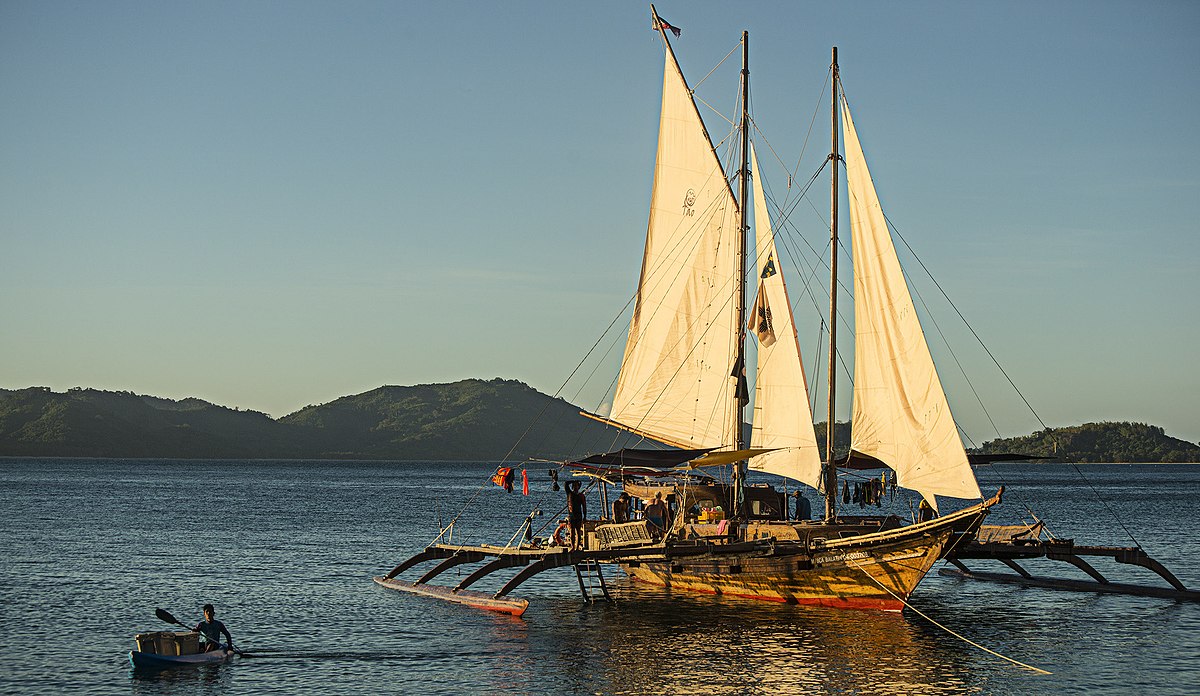
76
New cards
Itik-Itik
* Region 13 (Surigao del Sur)
* A dance in which the steps mimic the gestures of a duck
* A dance in which the steps mimic the gestures of a duck
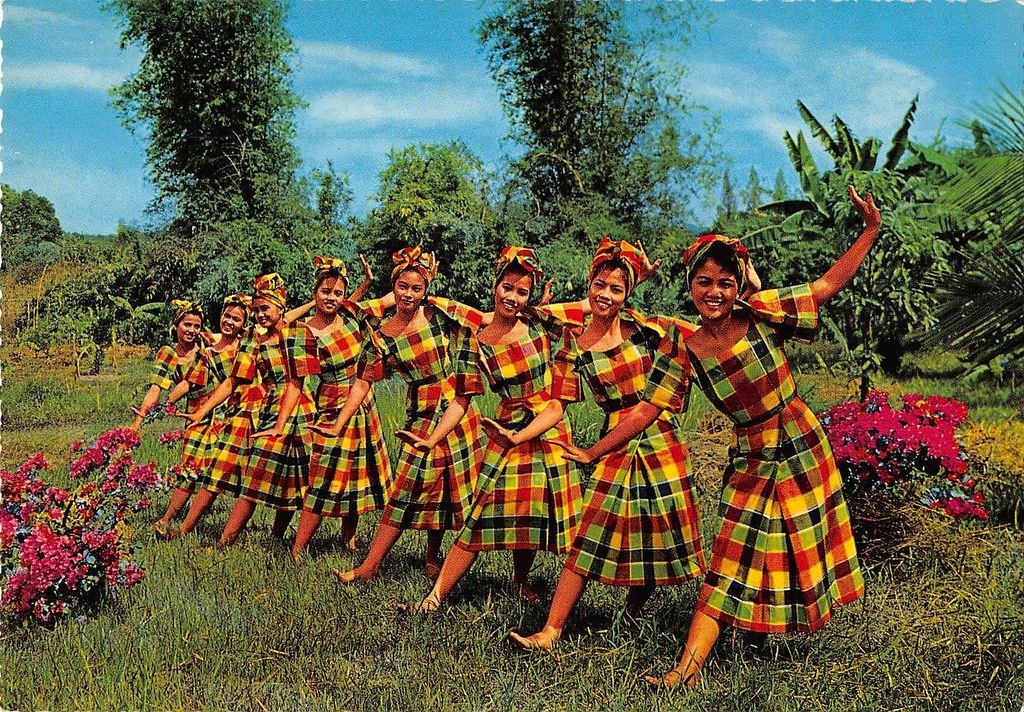
77
New cards
Suyam
* Region 13 (Agusan del Sur)
* A kind of embroidery made by the Manobo people
* A kind of embroidery made by the Manobo people
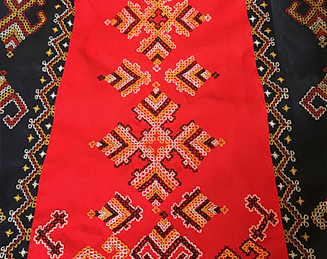
78
New cards
Malong
* BARMM (Sulu, all over Mindanao)
* A large, wrap-around skirt which displays the okir design
* A large, wrap-around skirt which displays the okir design
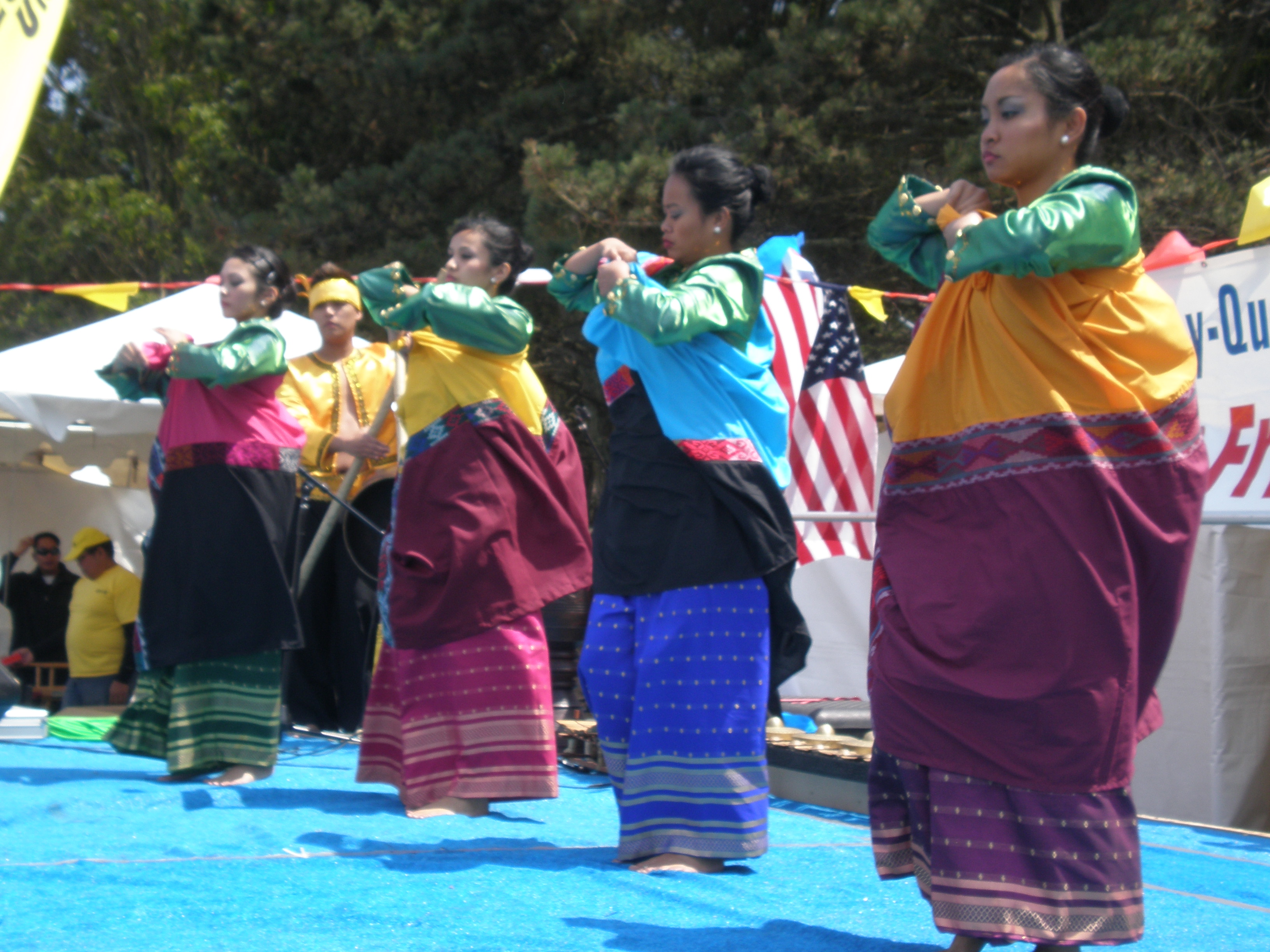
79
New cards
Okir
* BARMM (Tawi-Tawi)
* A distinct geometric and flowing plant design and folk motifs found among the Moro and Lumad people
* A distinct geometric and flowing plant design and folk motifs found among the Moro and Lumad people
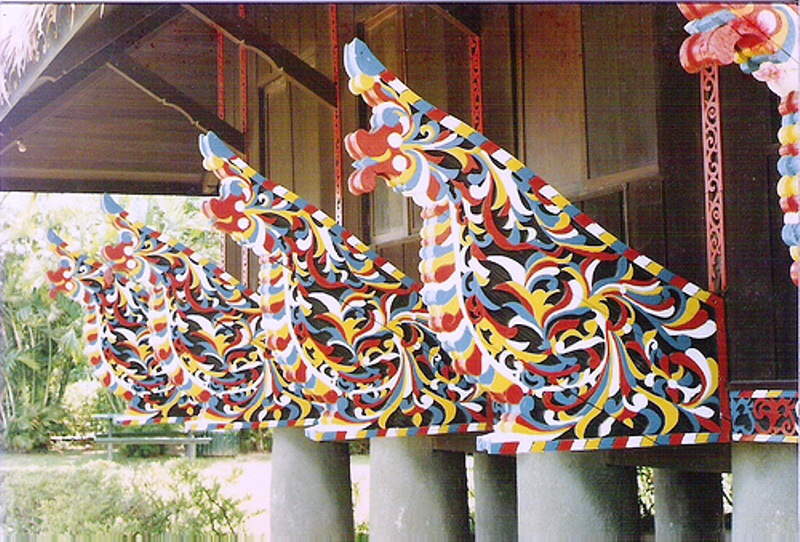
80
New cards
Pis Syabit
* BARMM (Sulu)
* A headdress worn by men to represent one’s rank in society
* A headdress worn by men to represent one’s rank in society
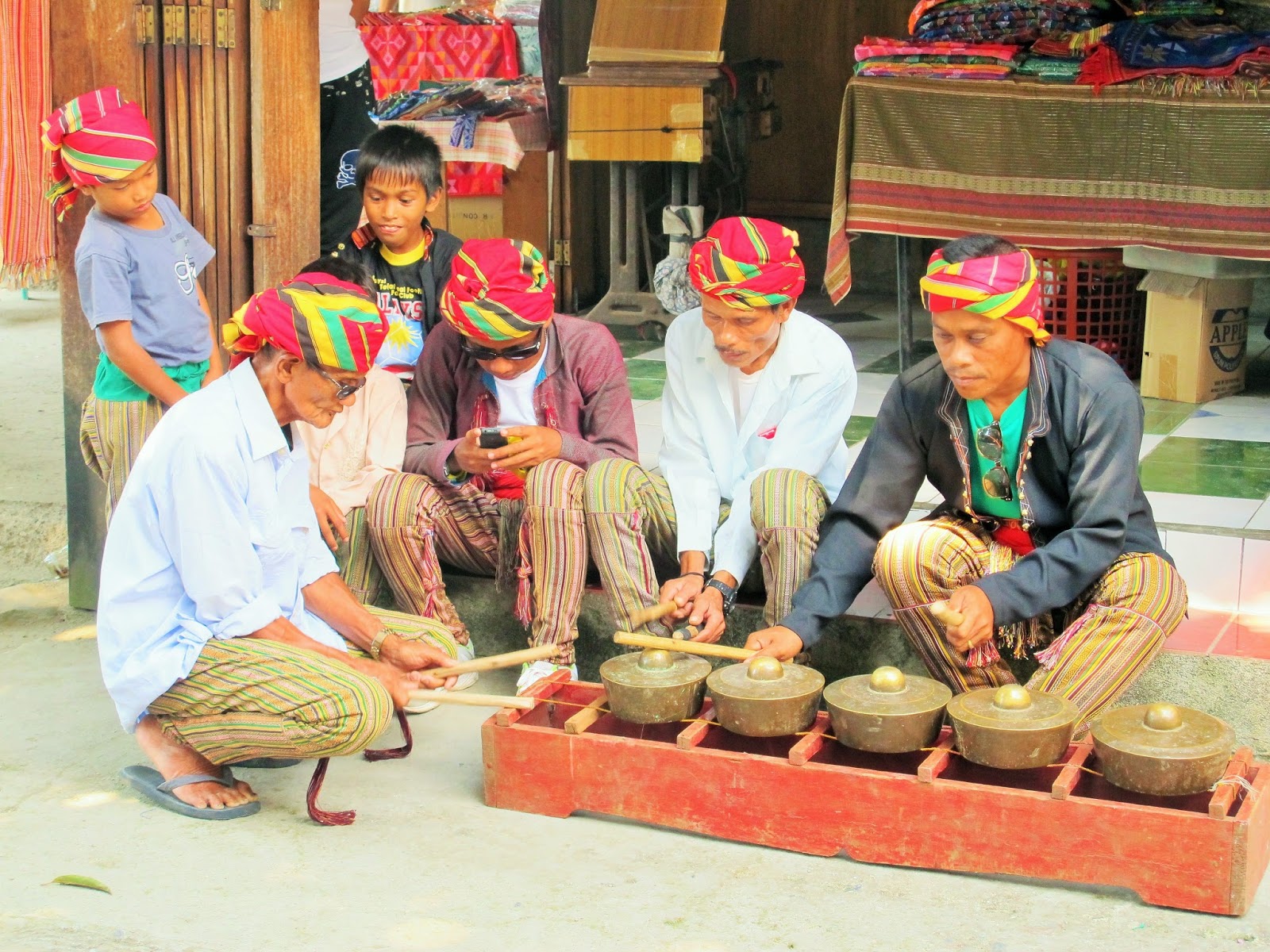
81
New cards
Seputangan
* BARMM (Basilan)
* A woven fabric, considered to be one of the earliest weaving techniques, worn by the Yakan women
* A woven fabric, considered to be one of the earliest weaving techniques, worn by the Yakan women
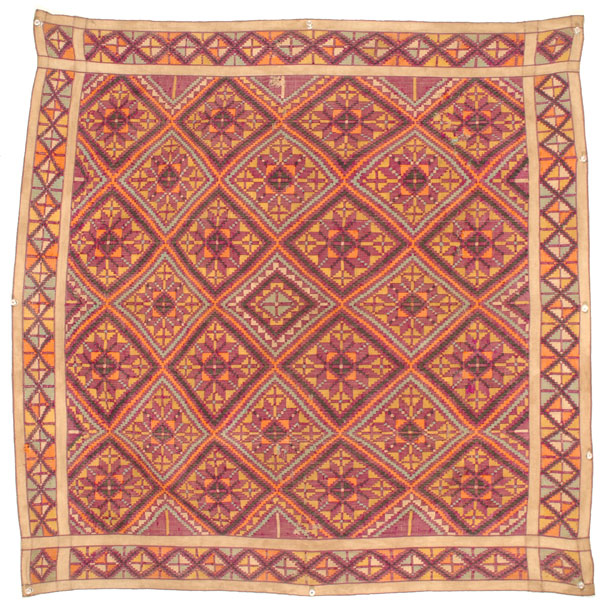
82
New cards
Singkil
* BARMM (Lanao del Sur)
* A folk dance which depicts the epic poem, Darangen
* A folk dance which depicts the epic poem, Darangen
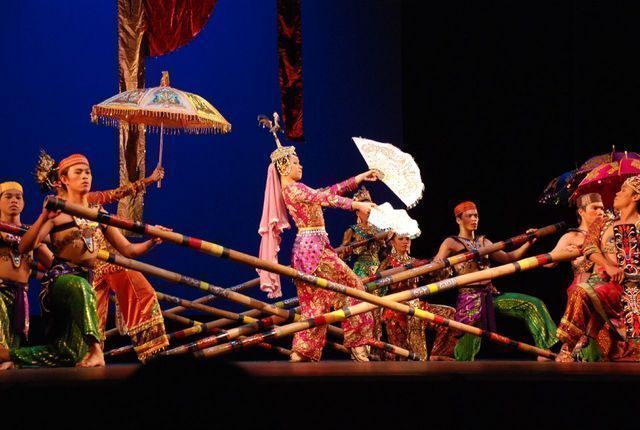
83
New cards
Sarimanok
* BARMM (Lanao del Sur)
* The symbol of Maranao art which depicts a legendary, colorful bird that symbolizes good fortune
* The symbol of Maranao art which depicts a legendary, colorful bird that symbolizes good fortune
